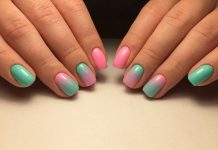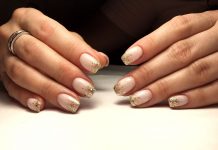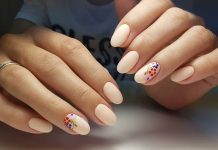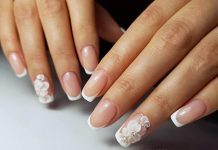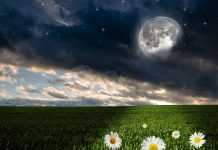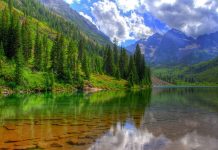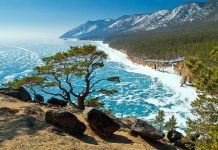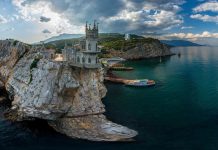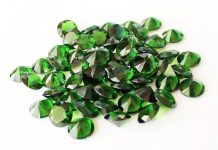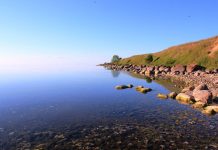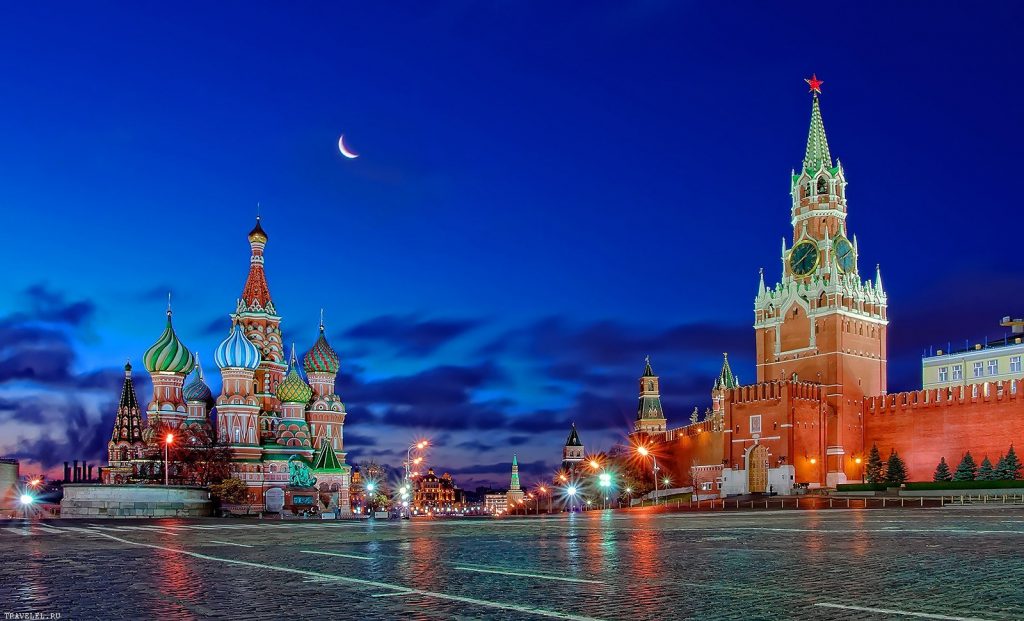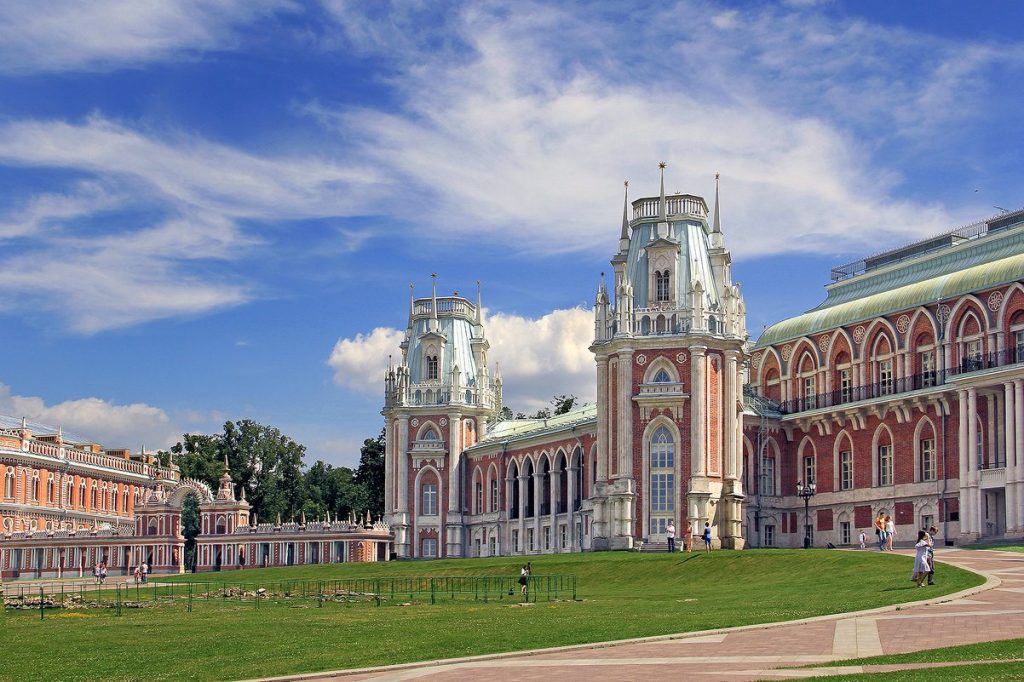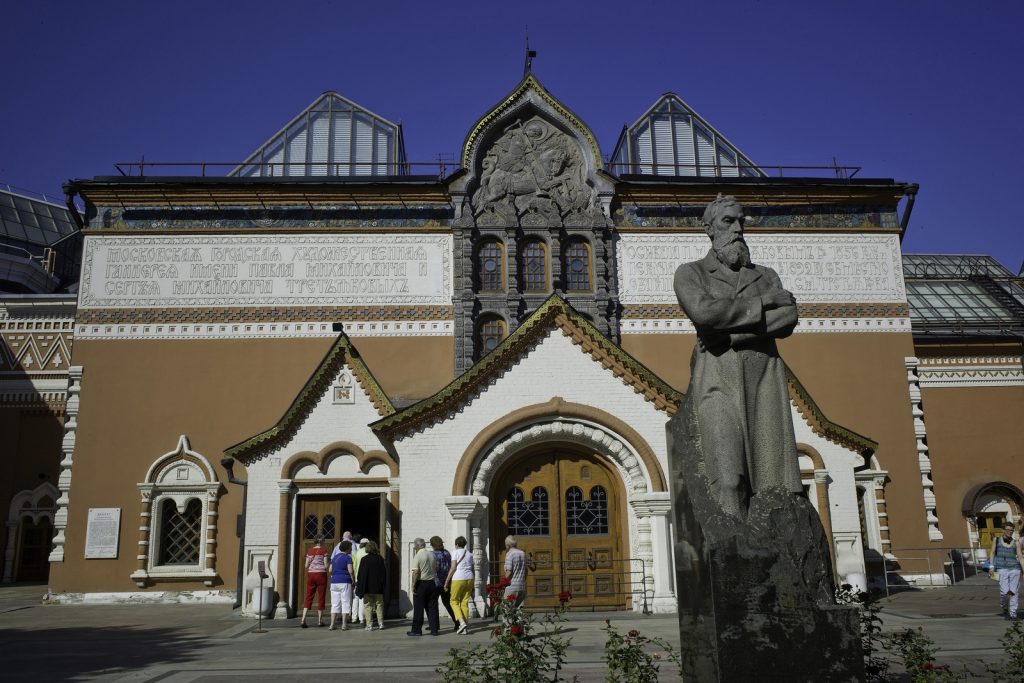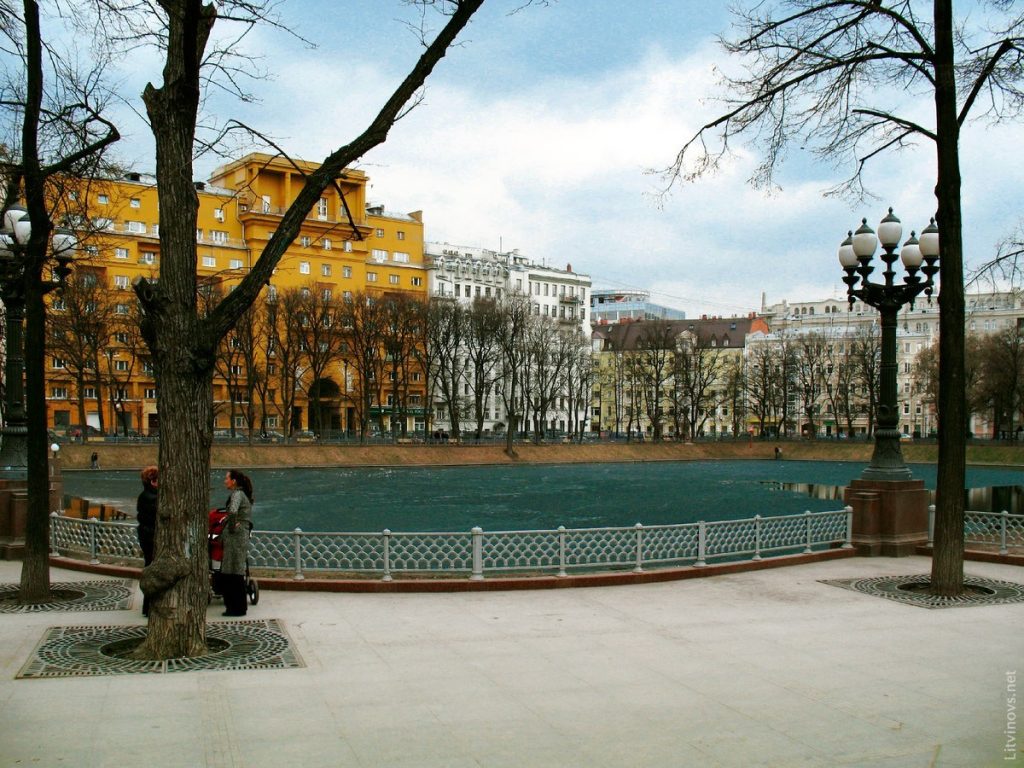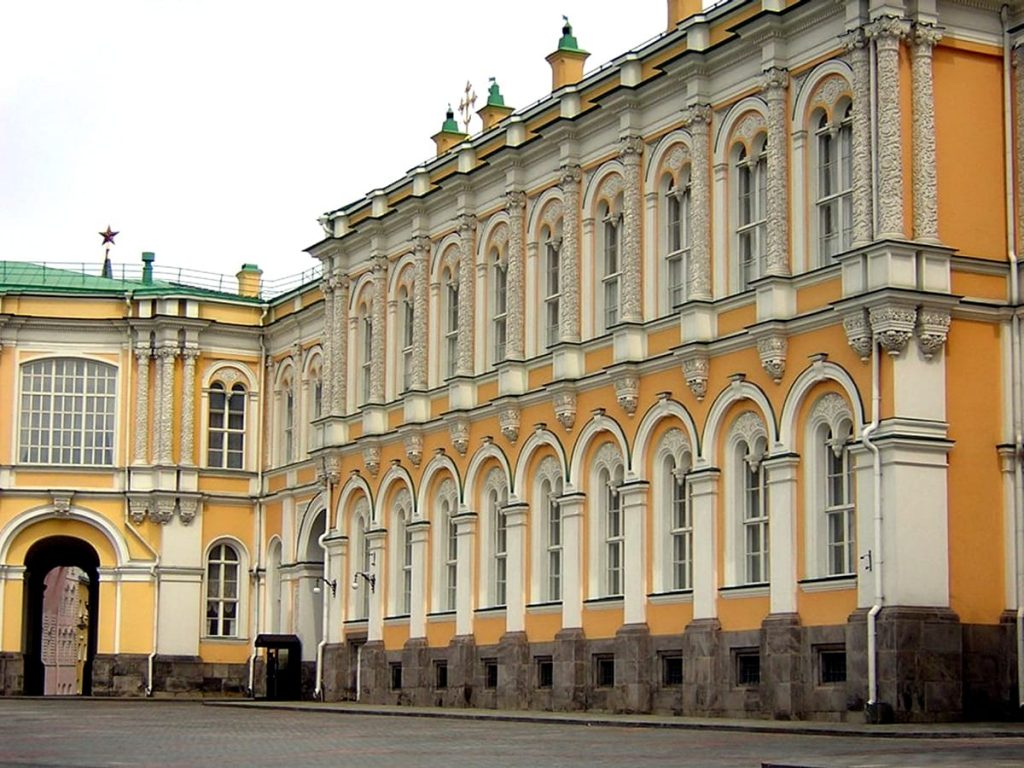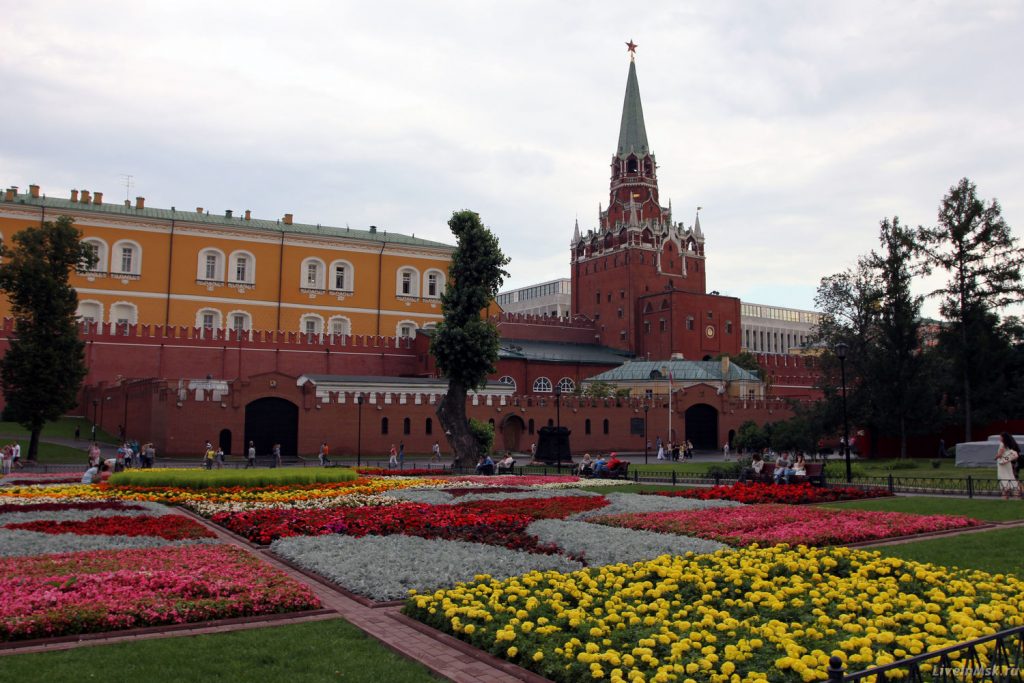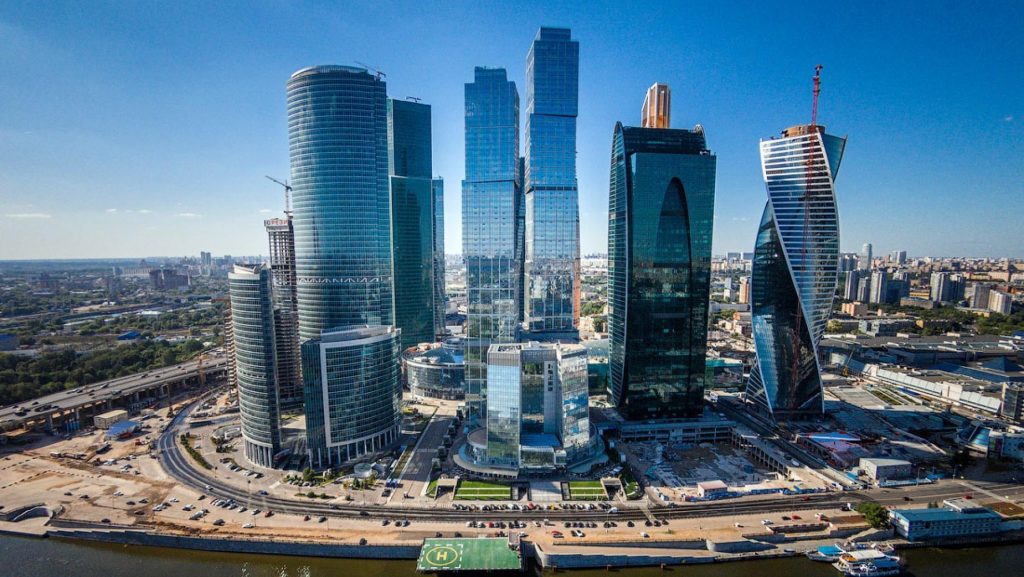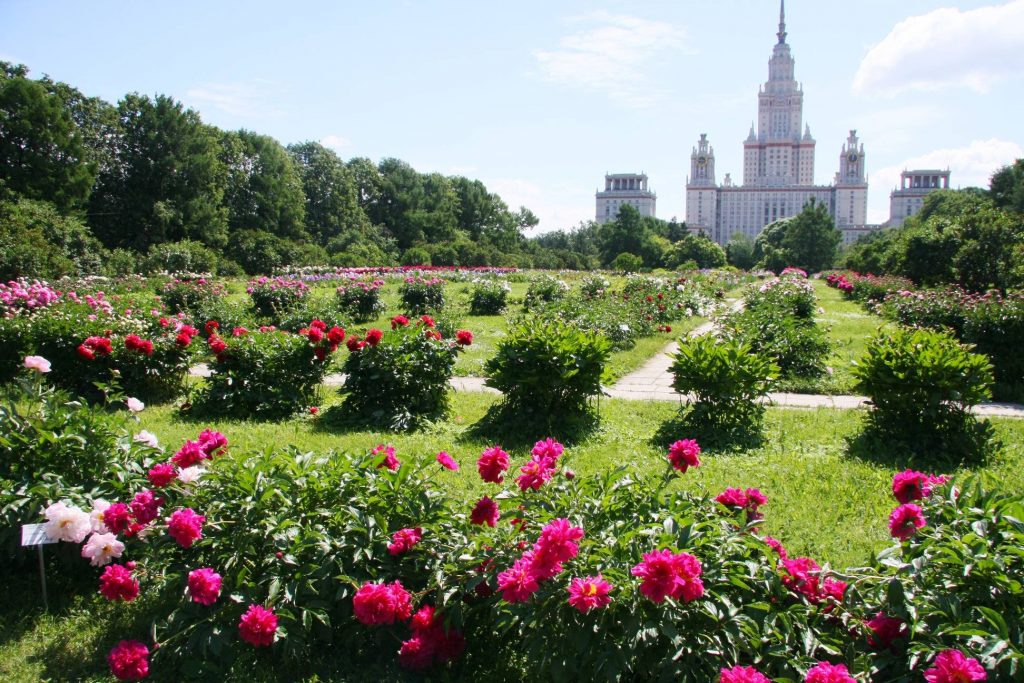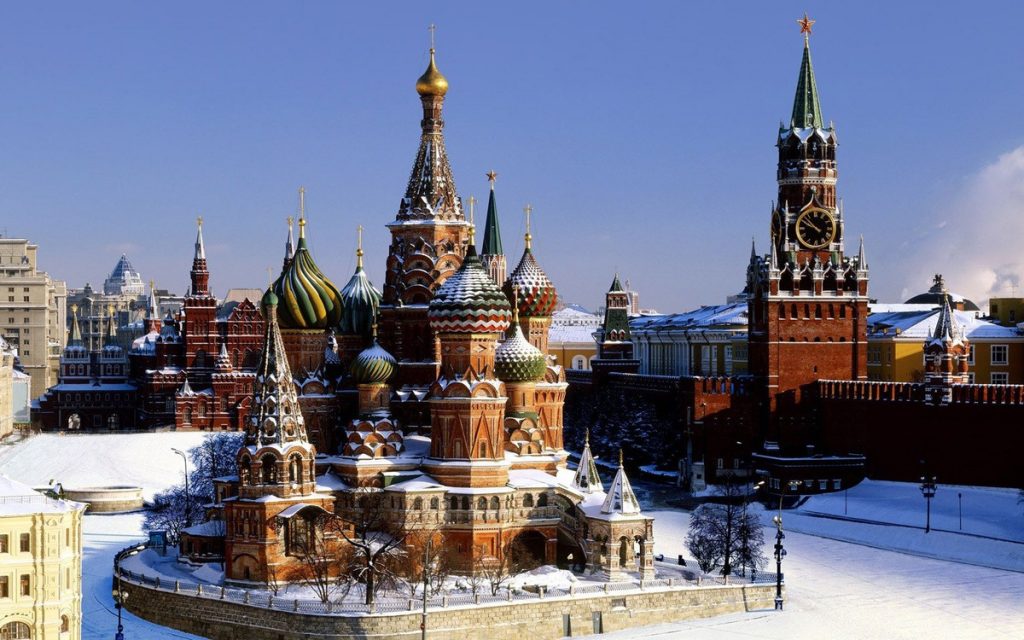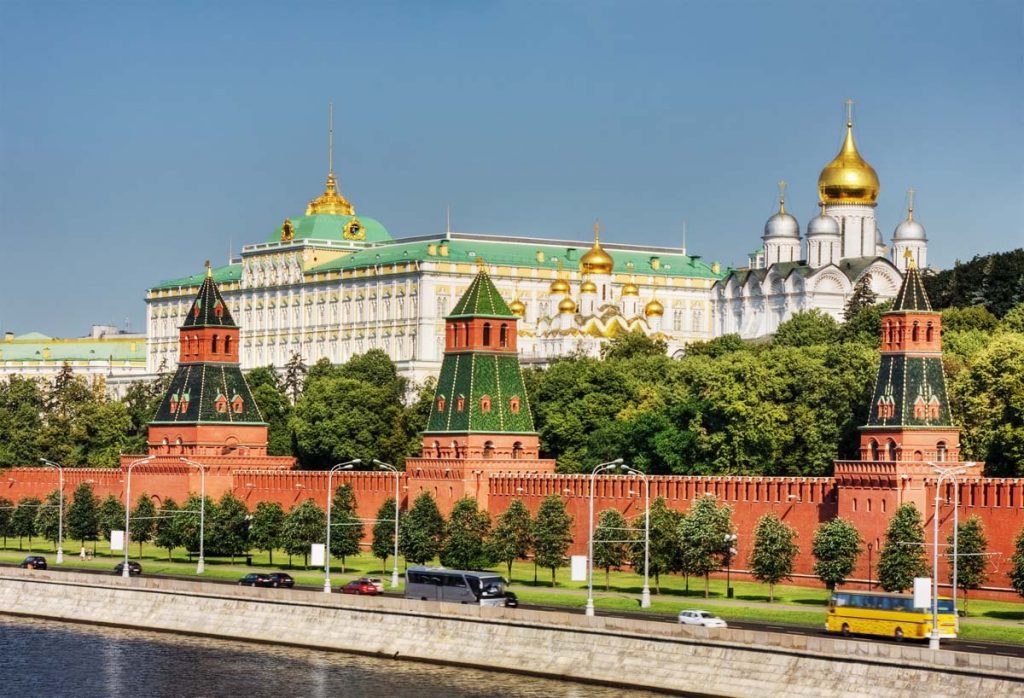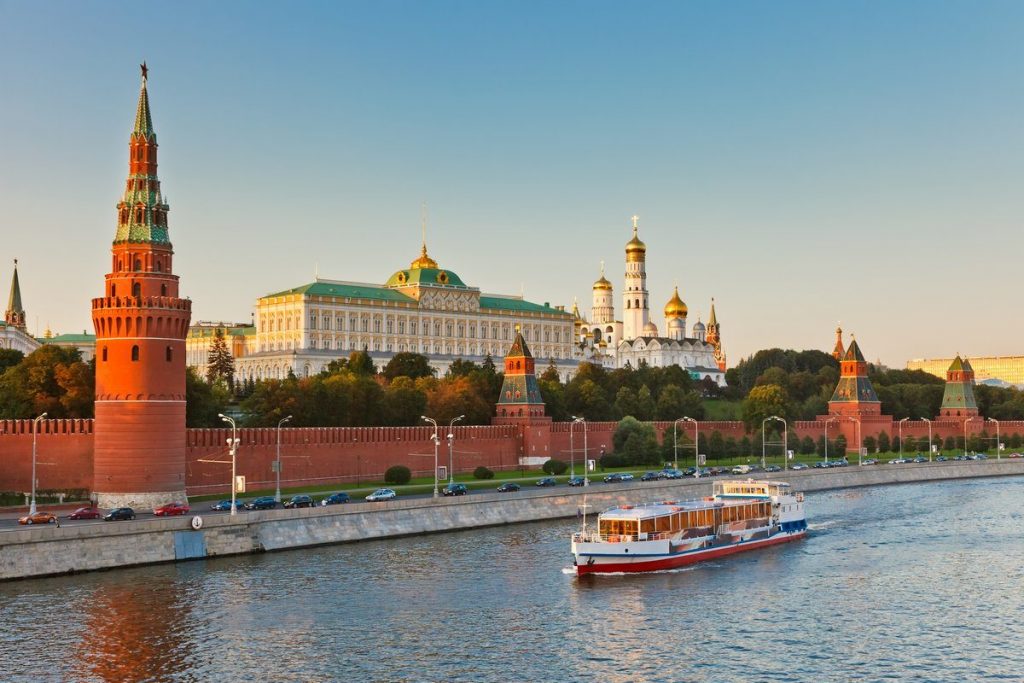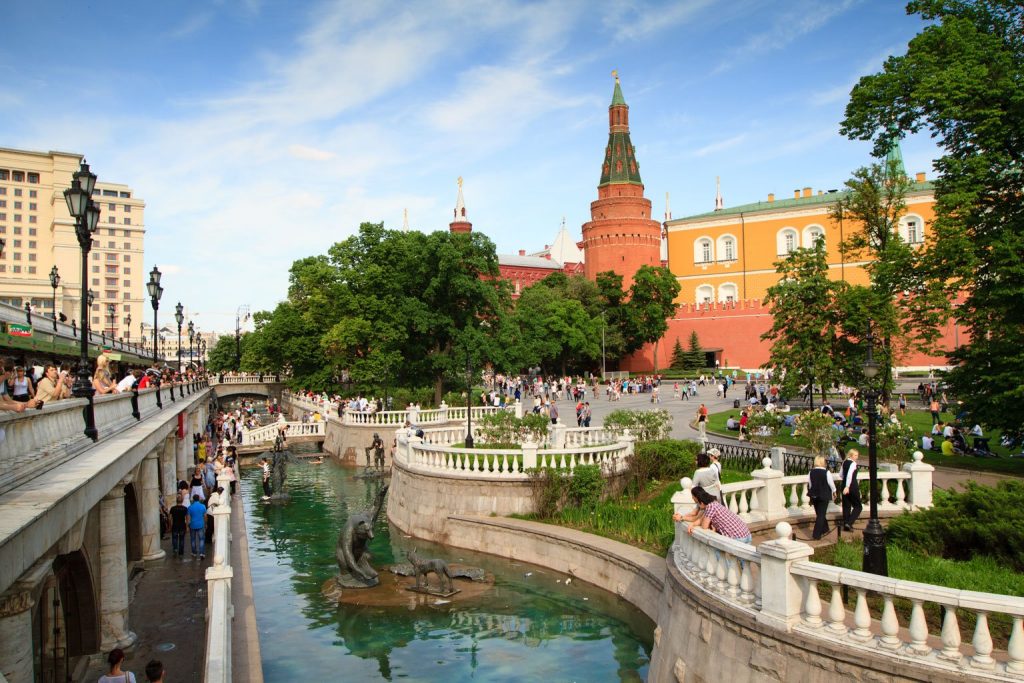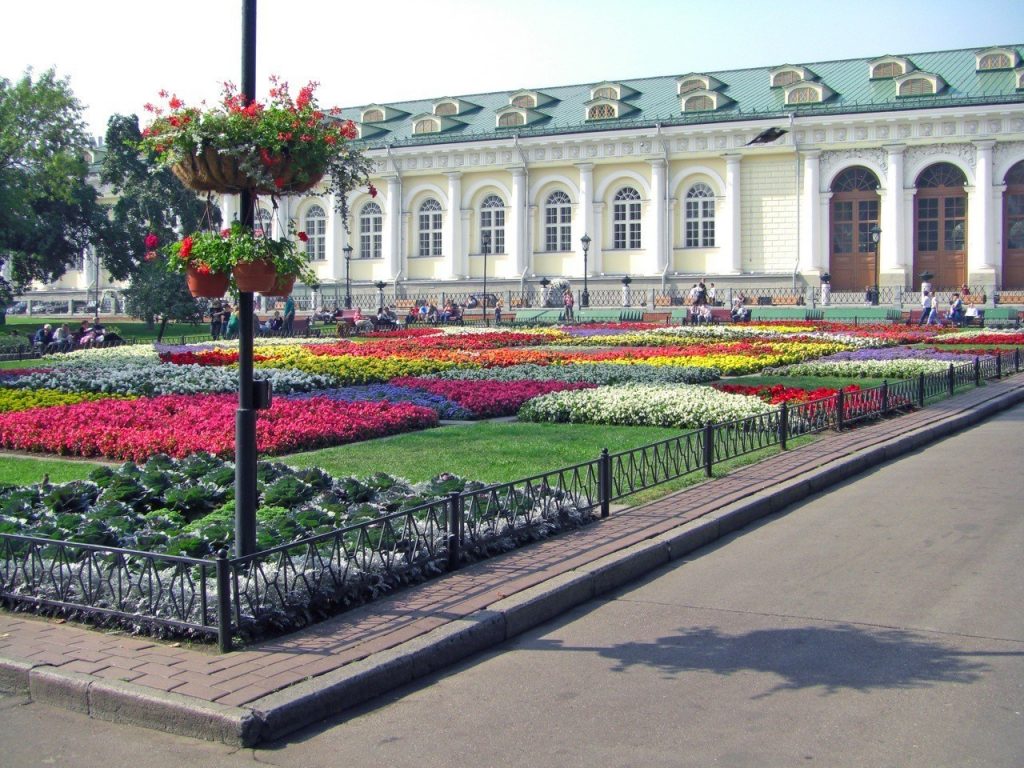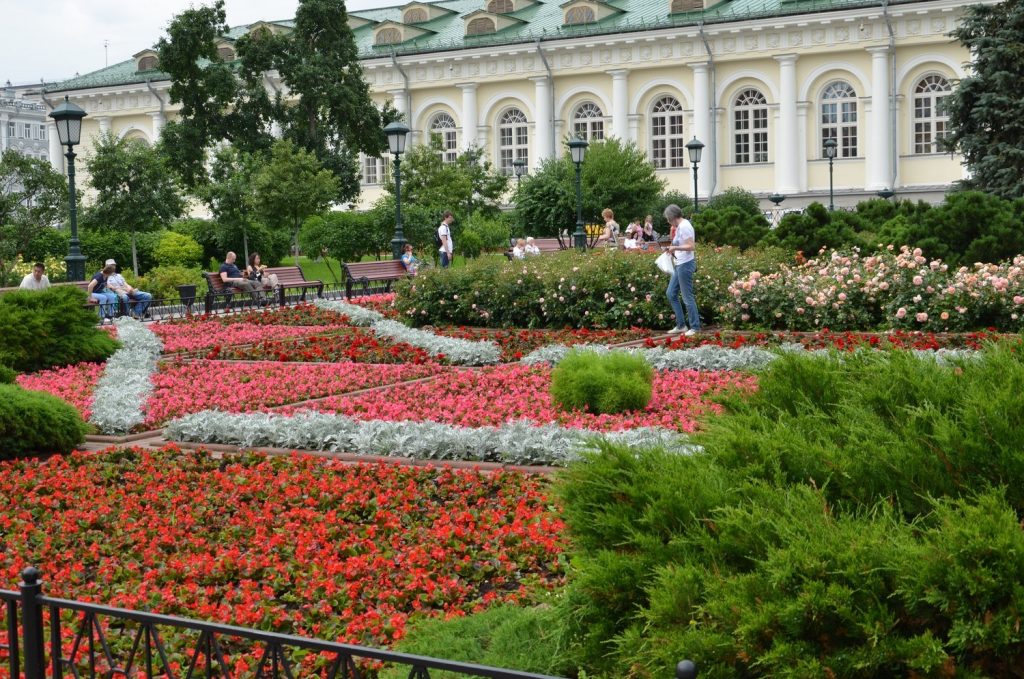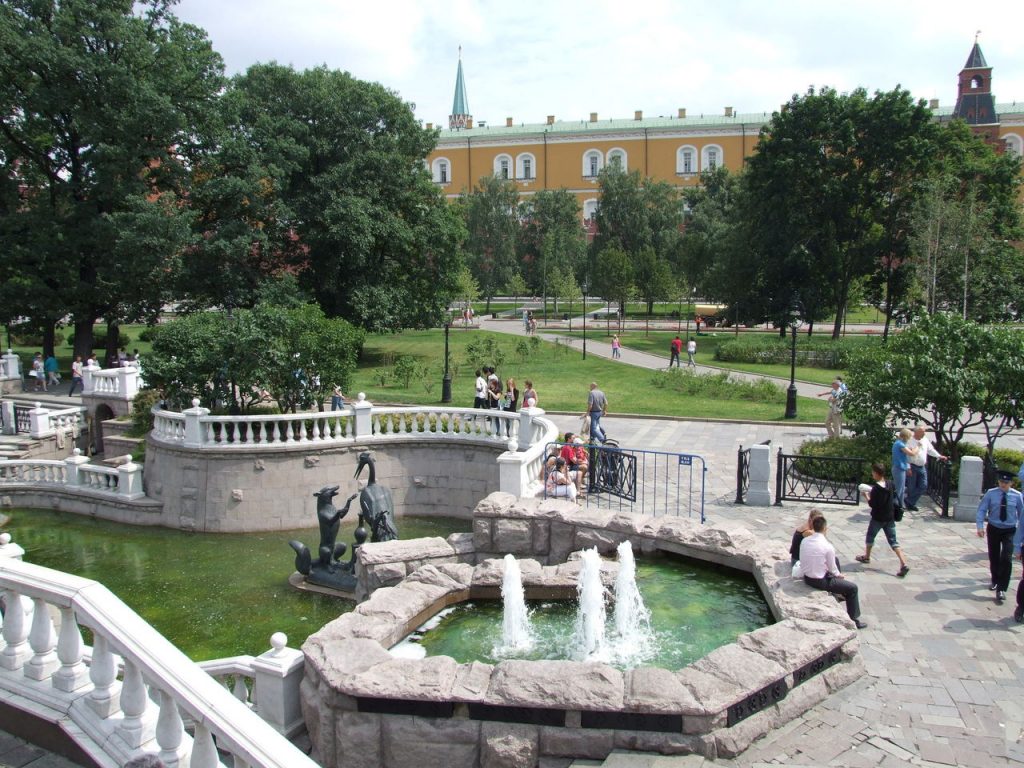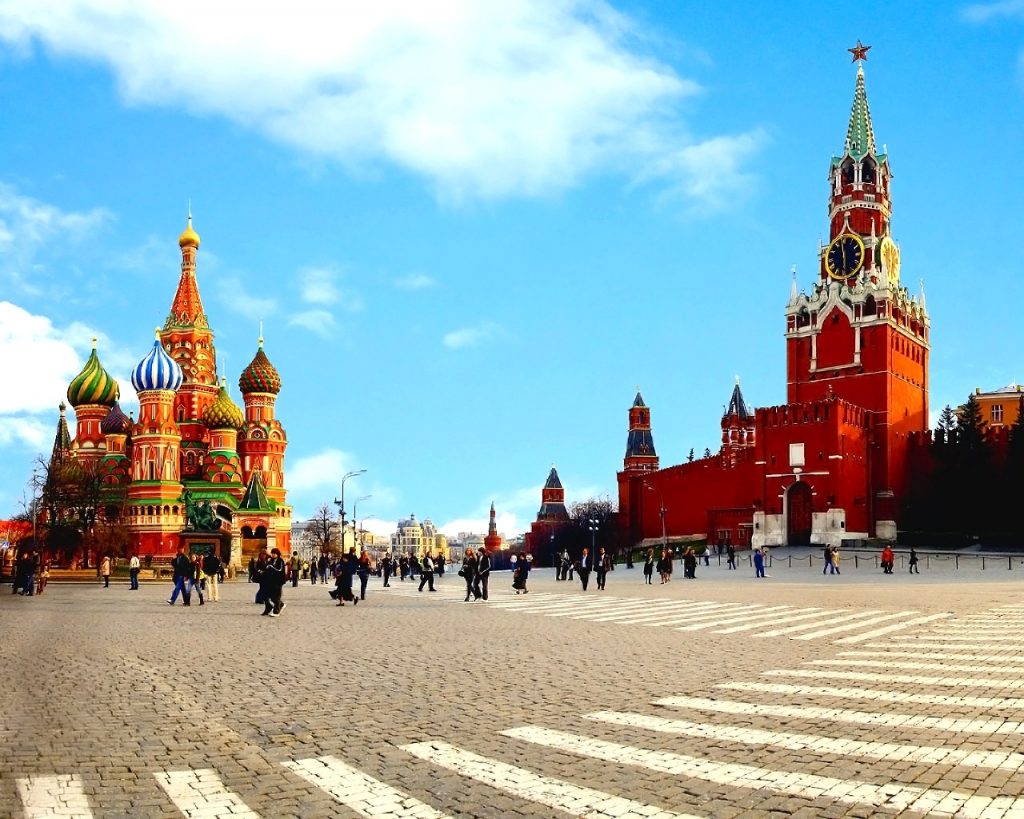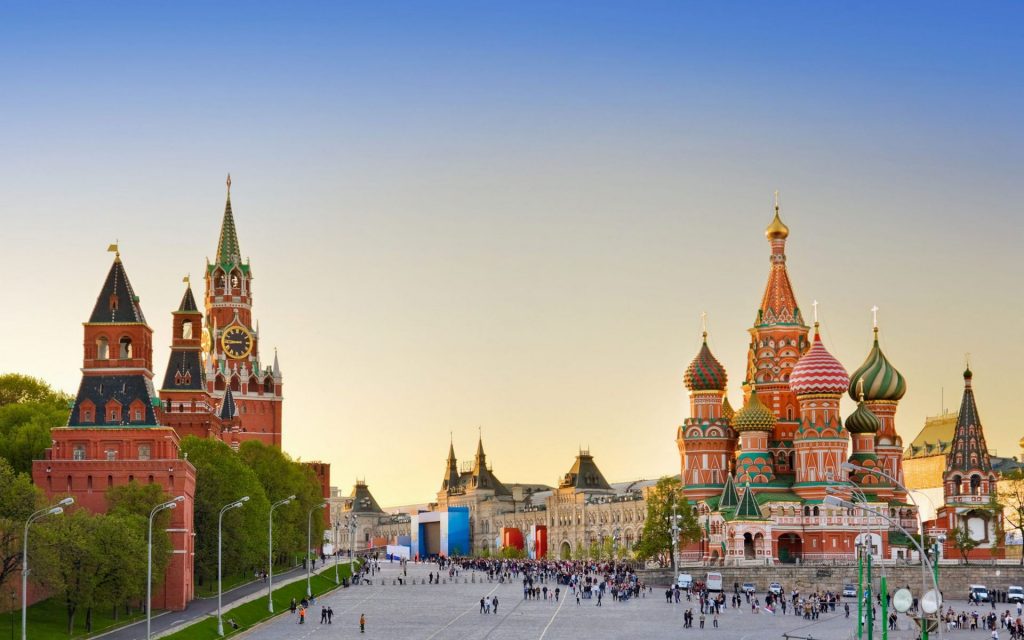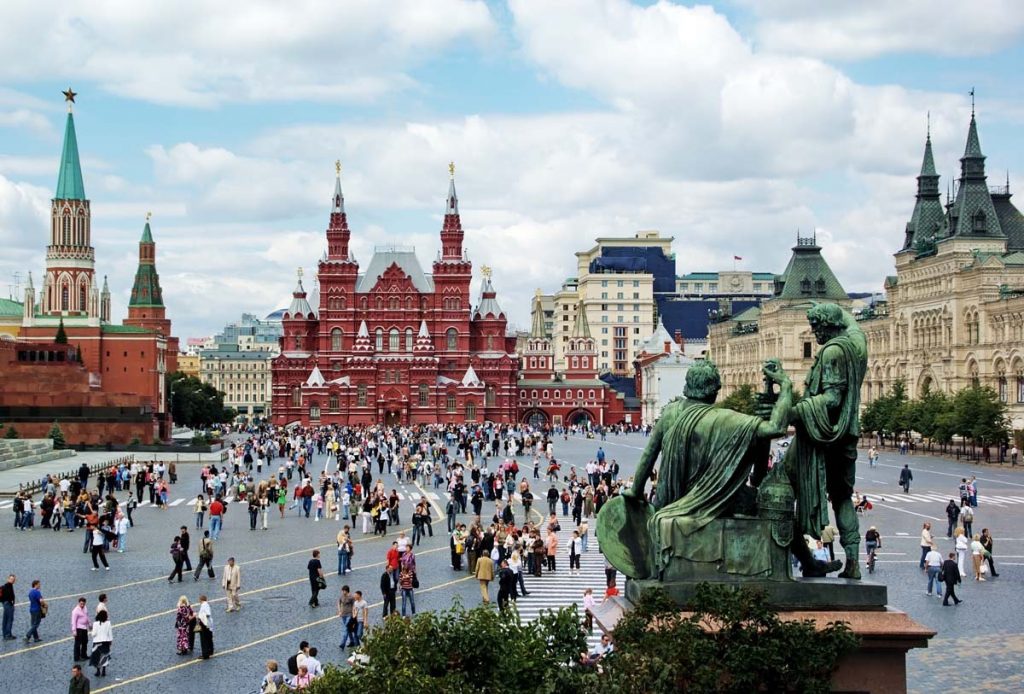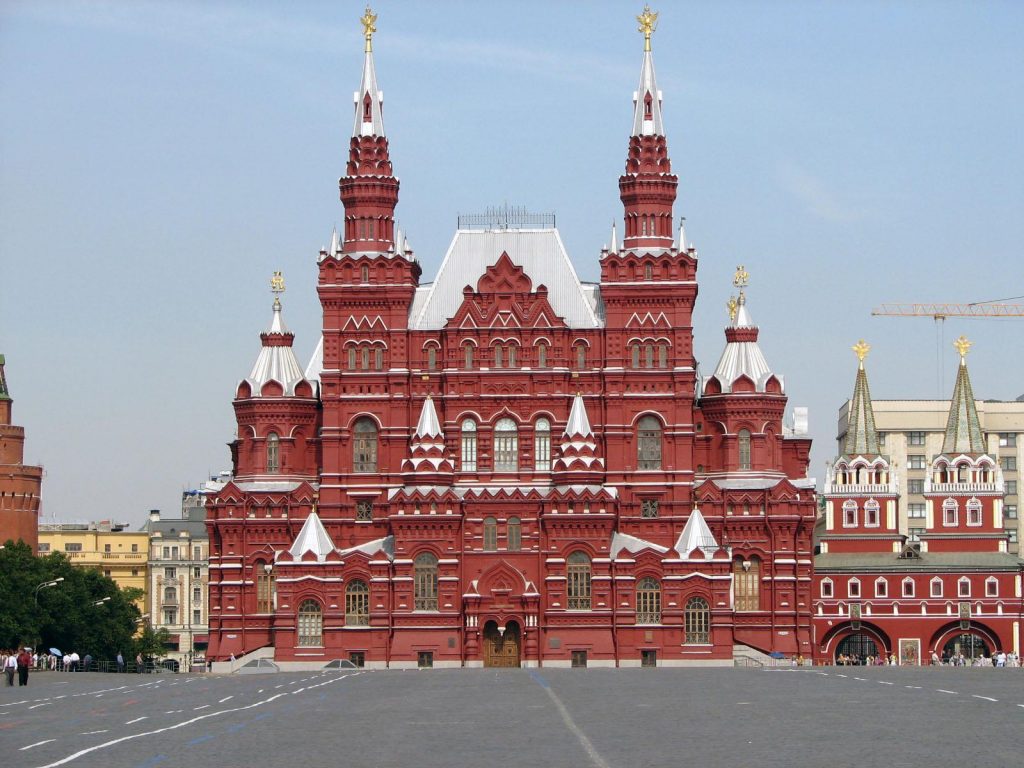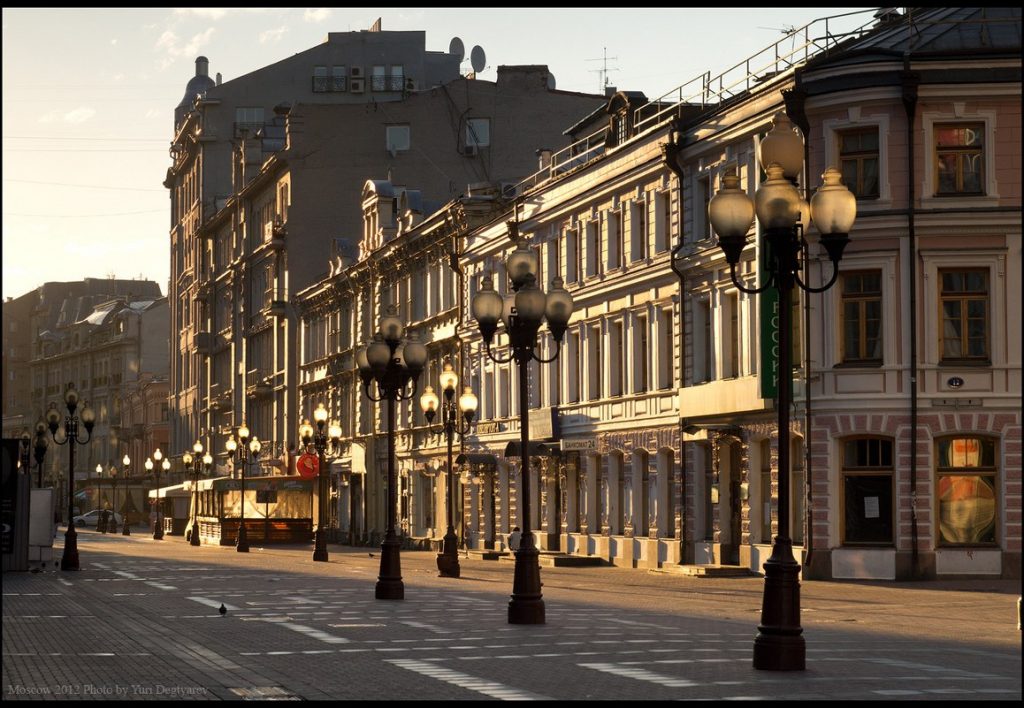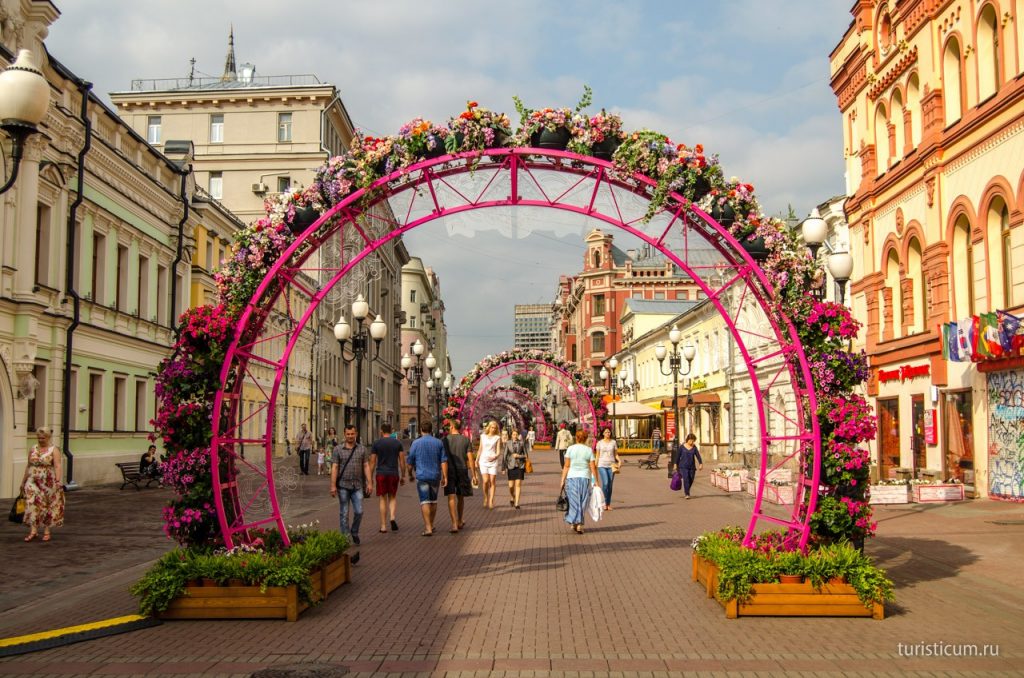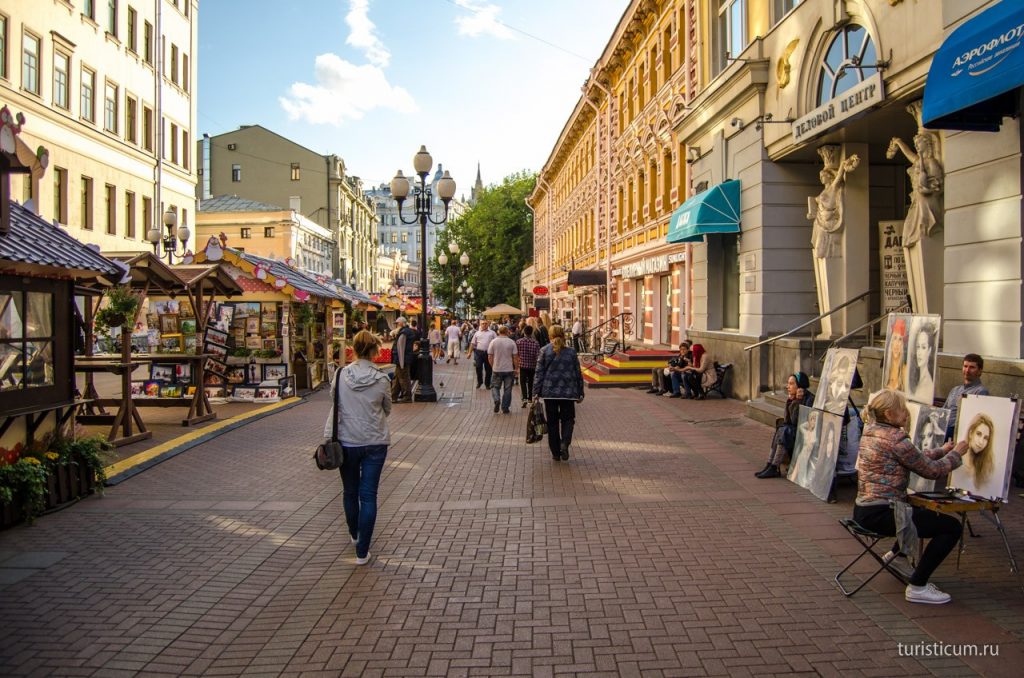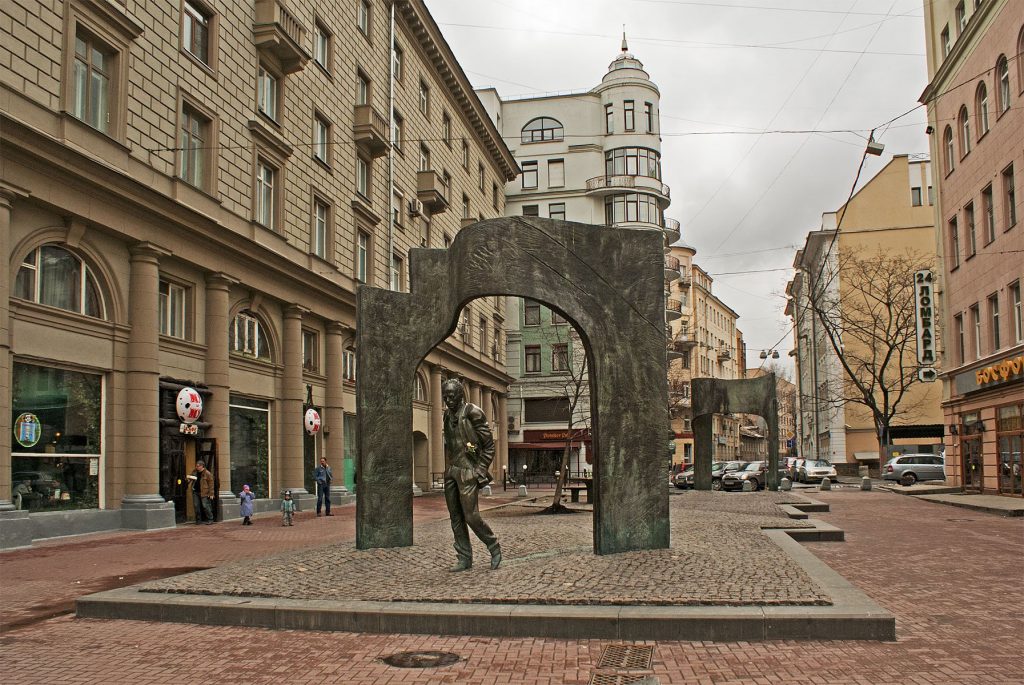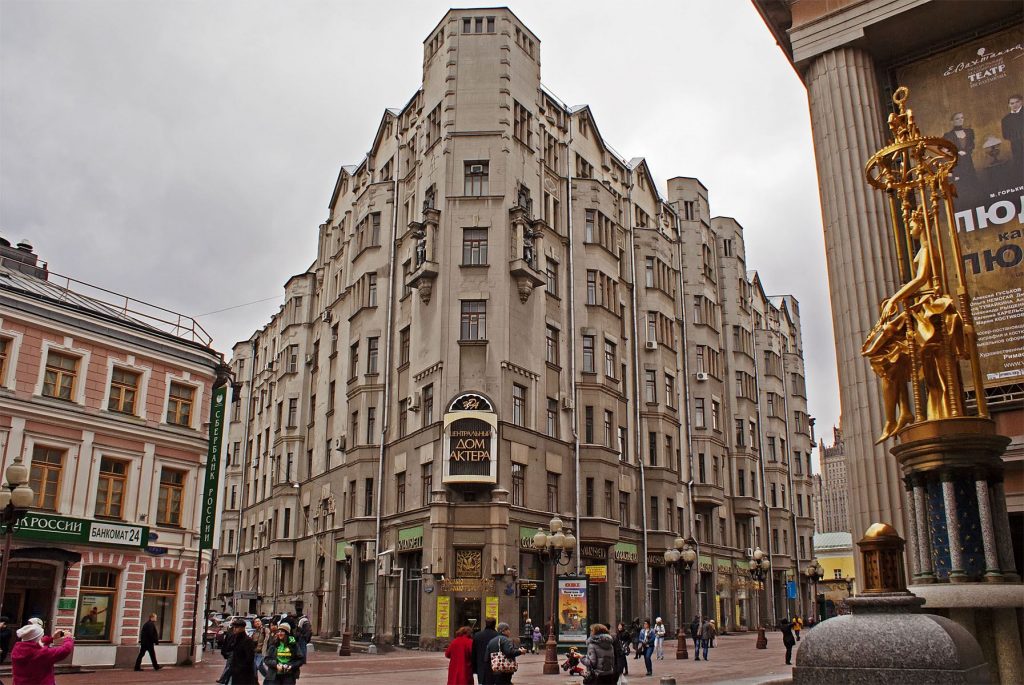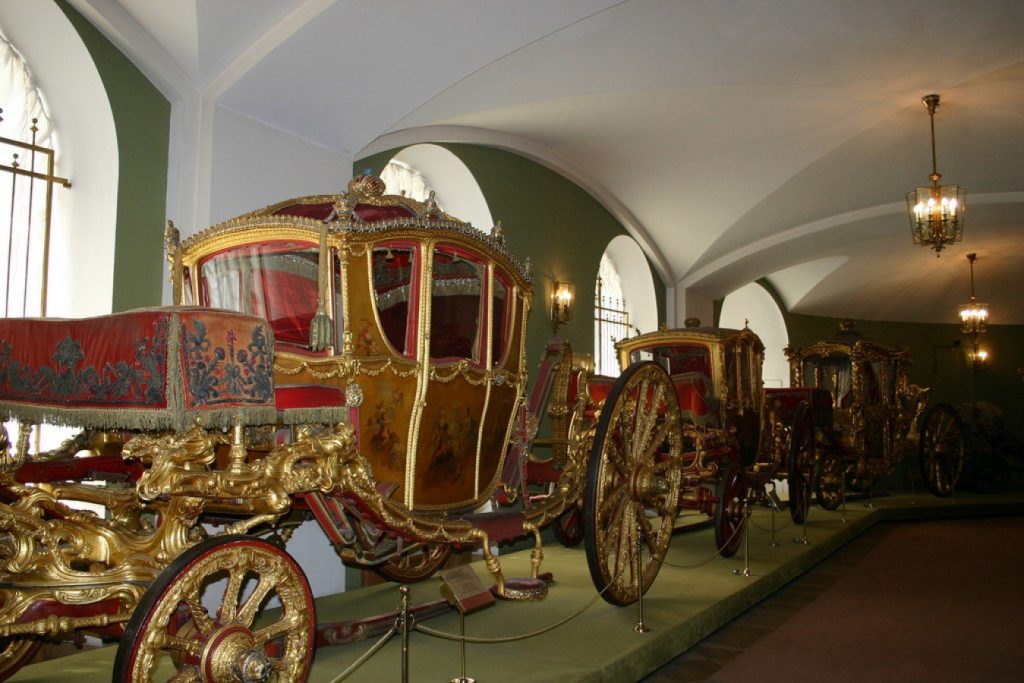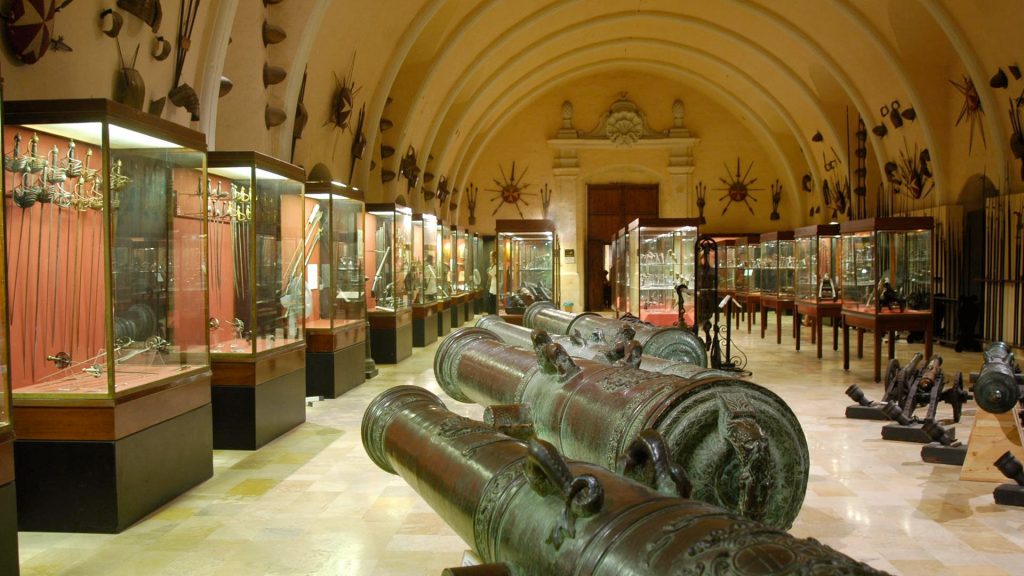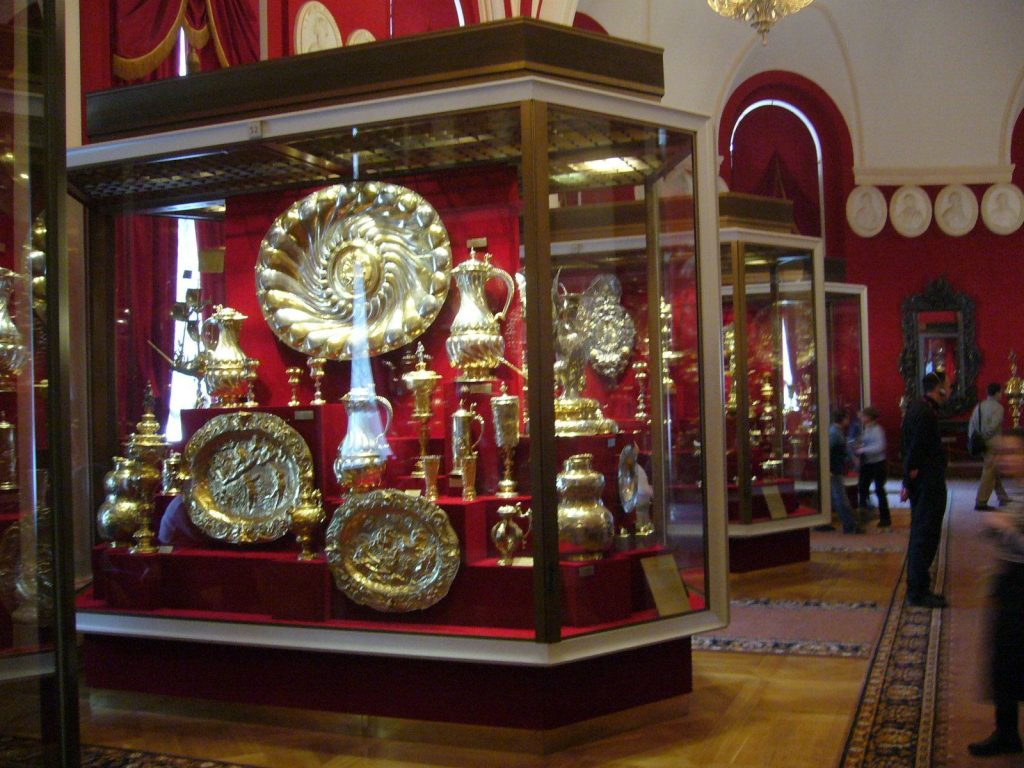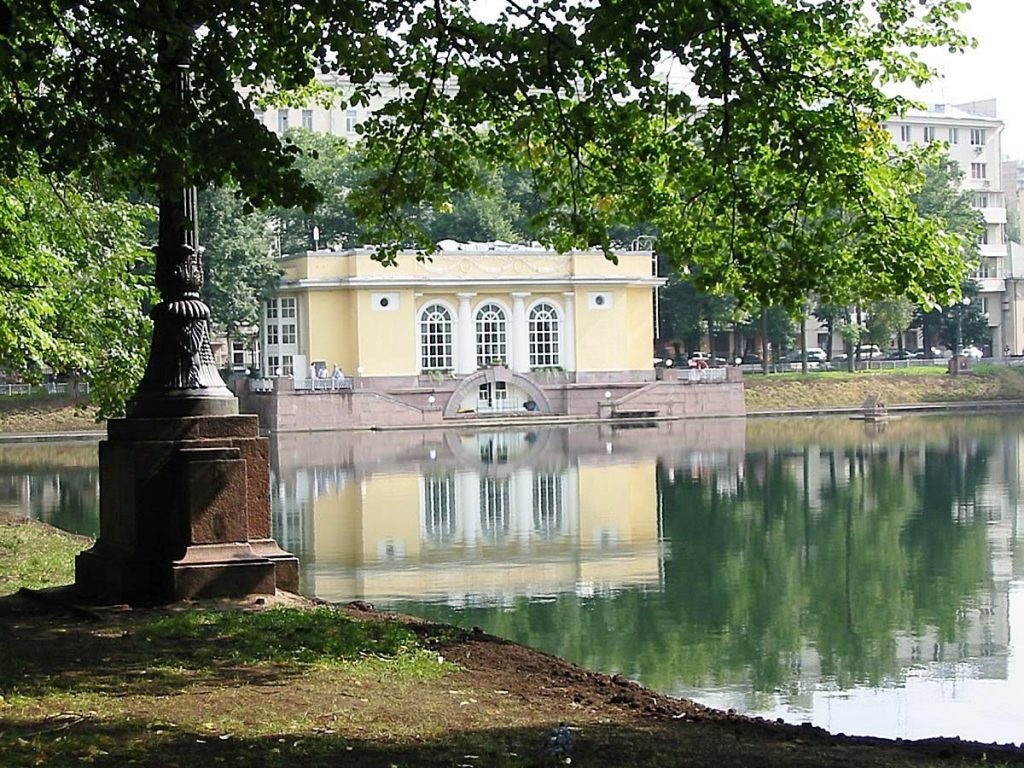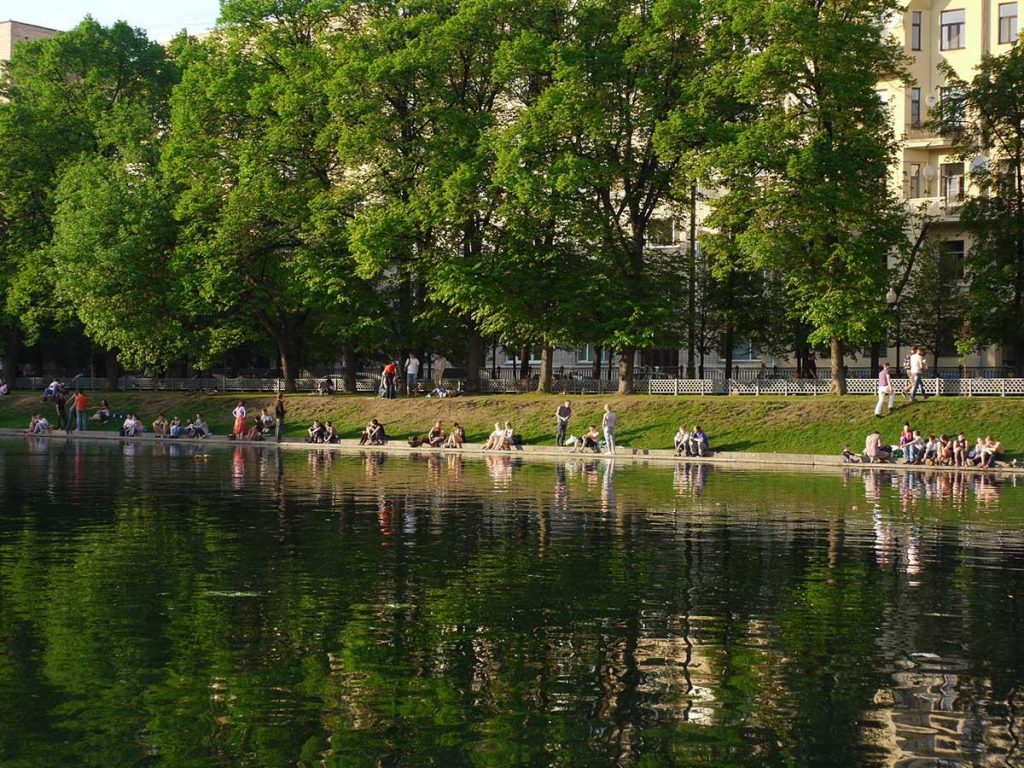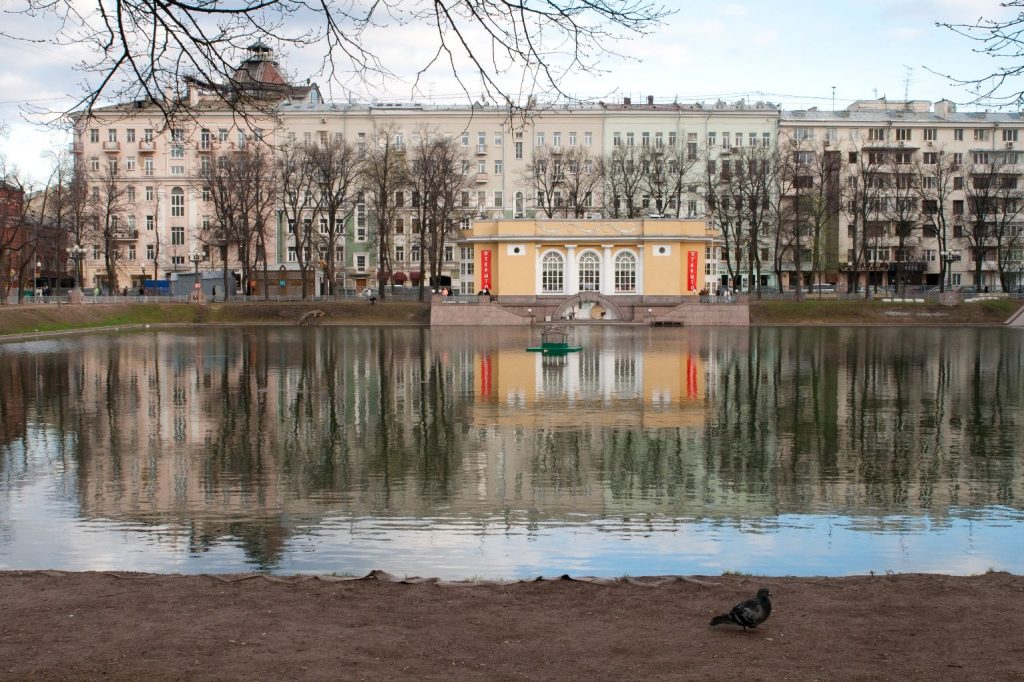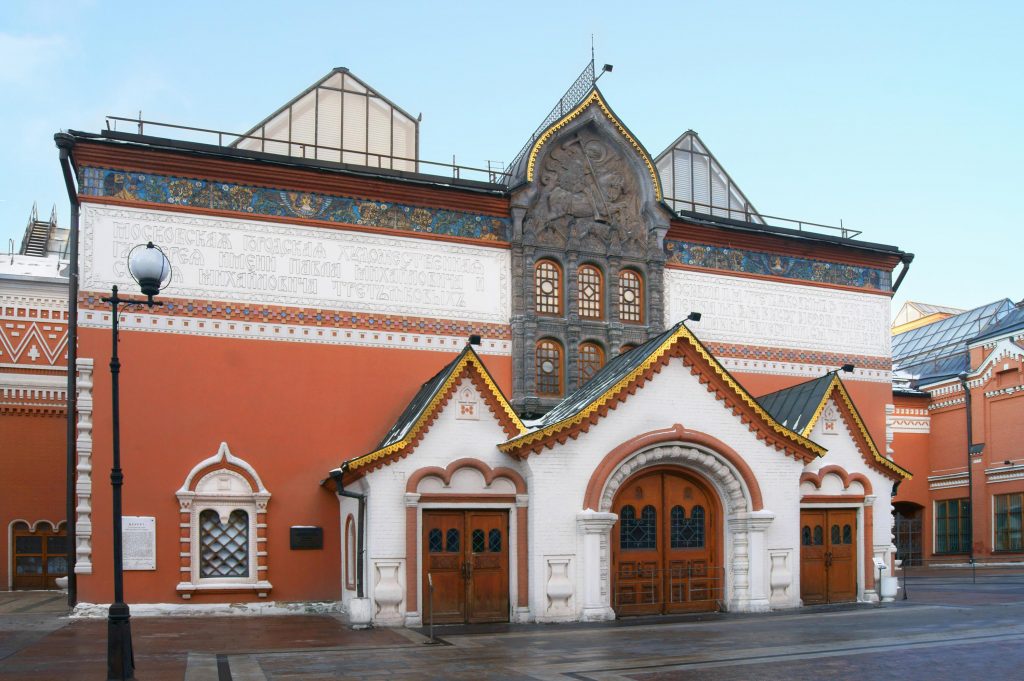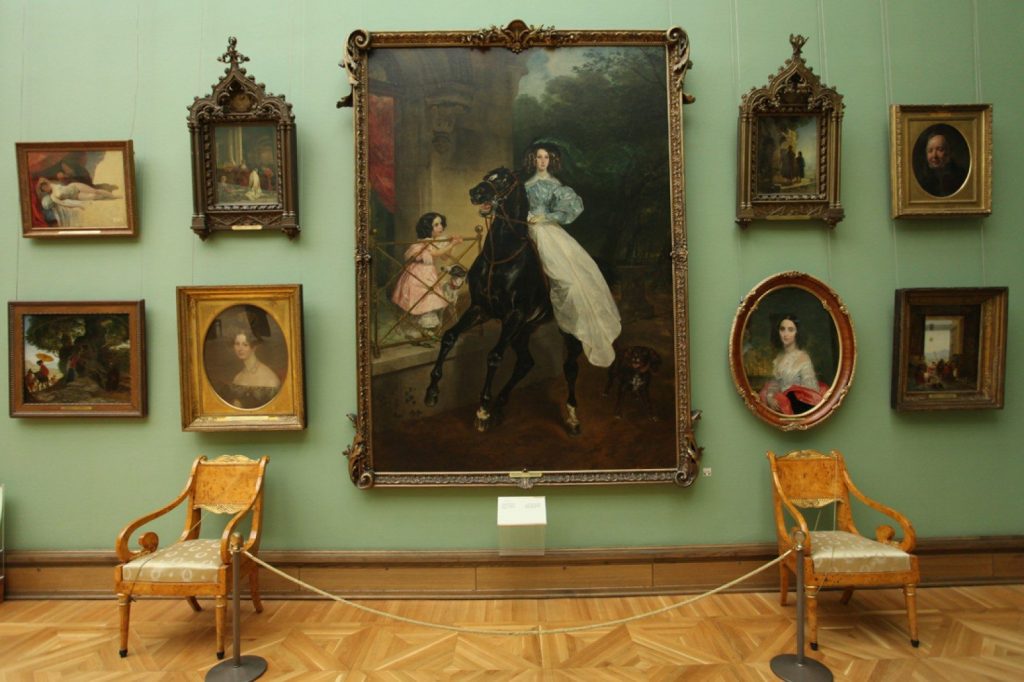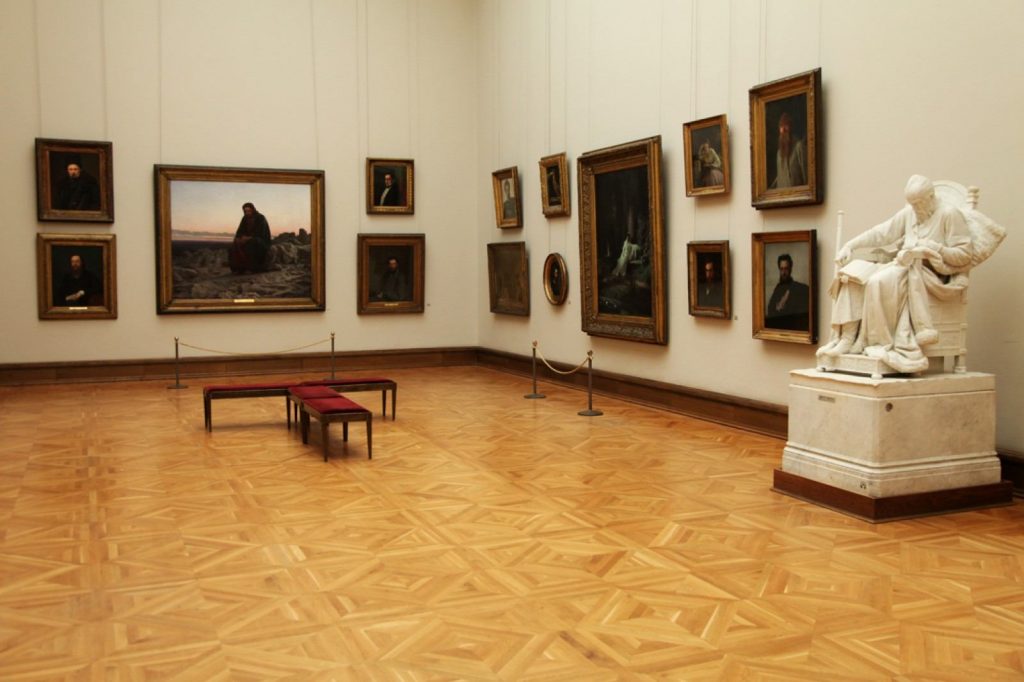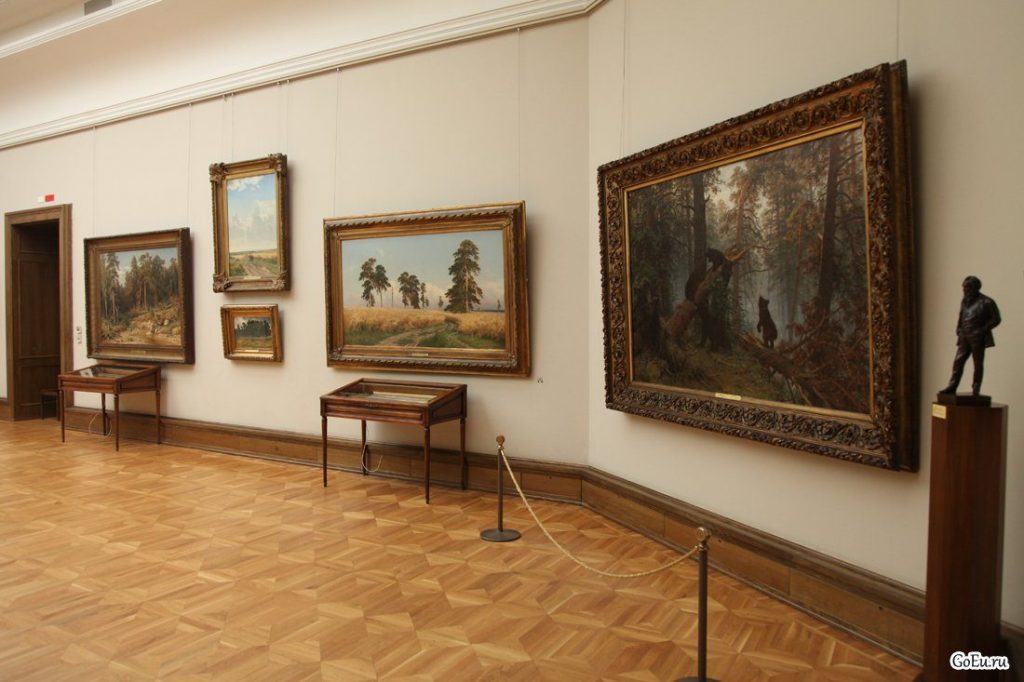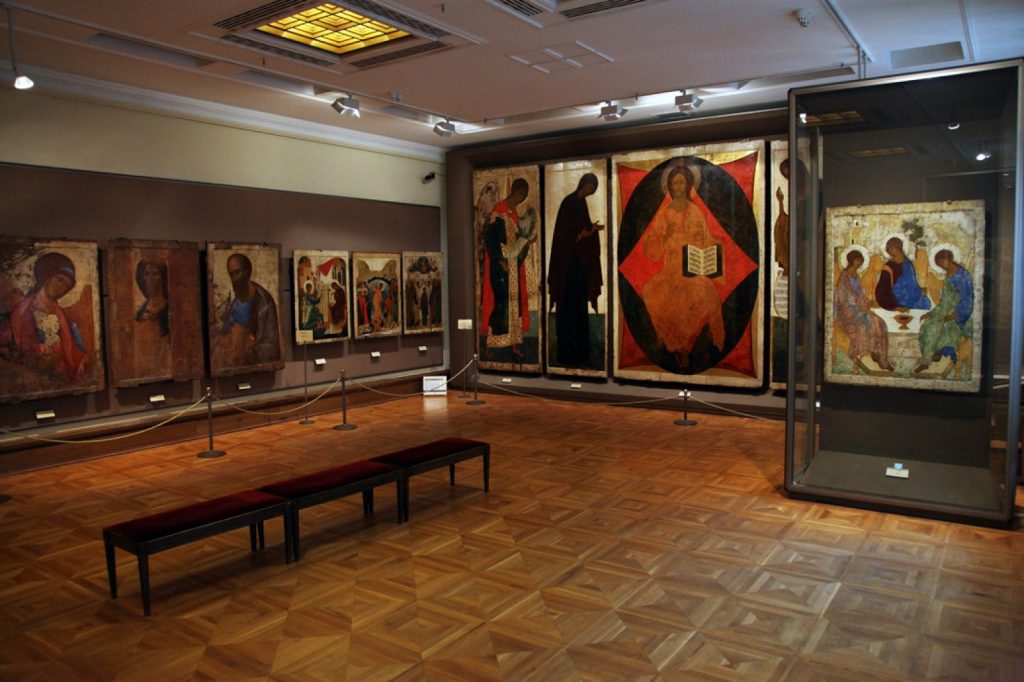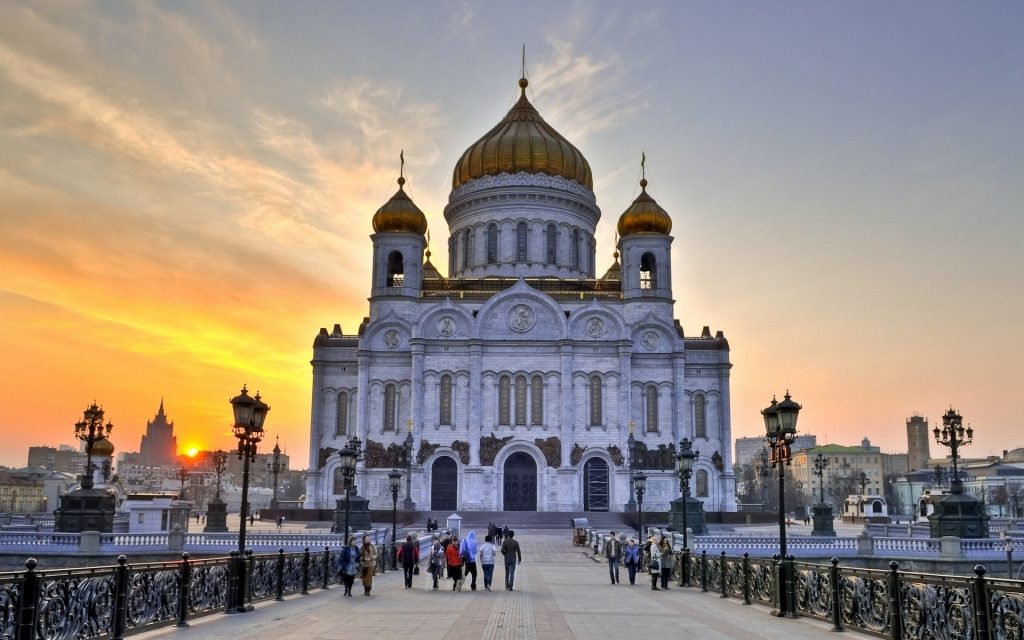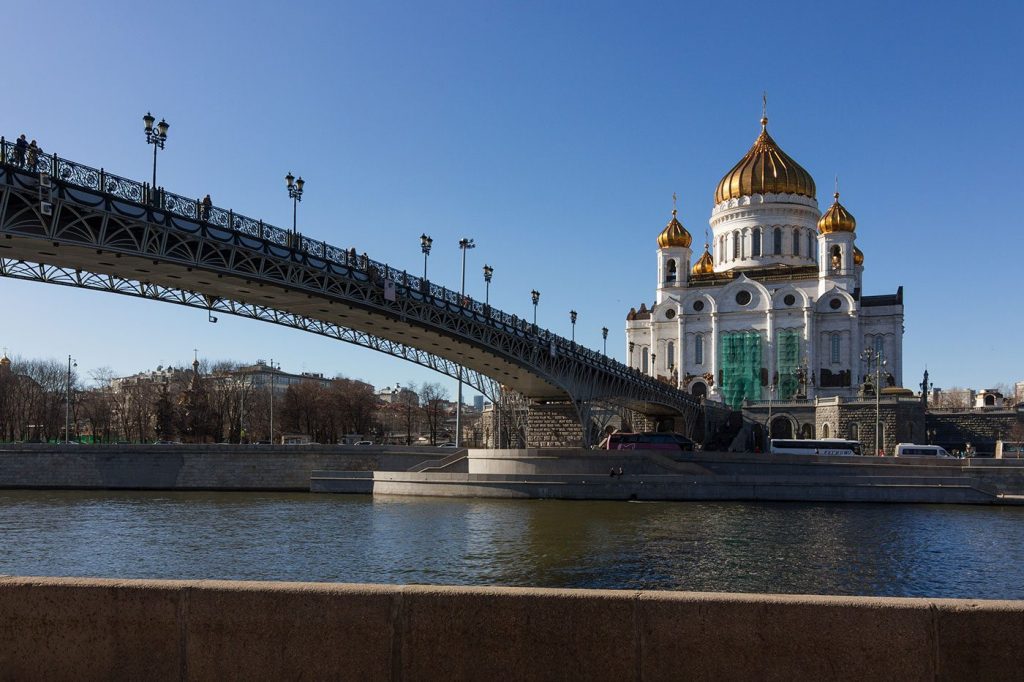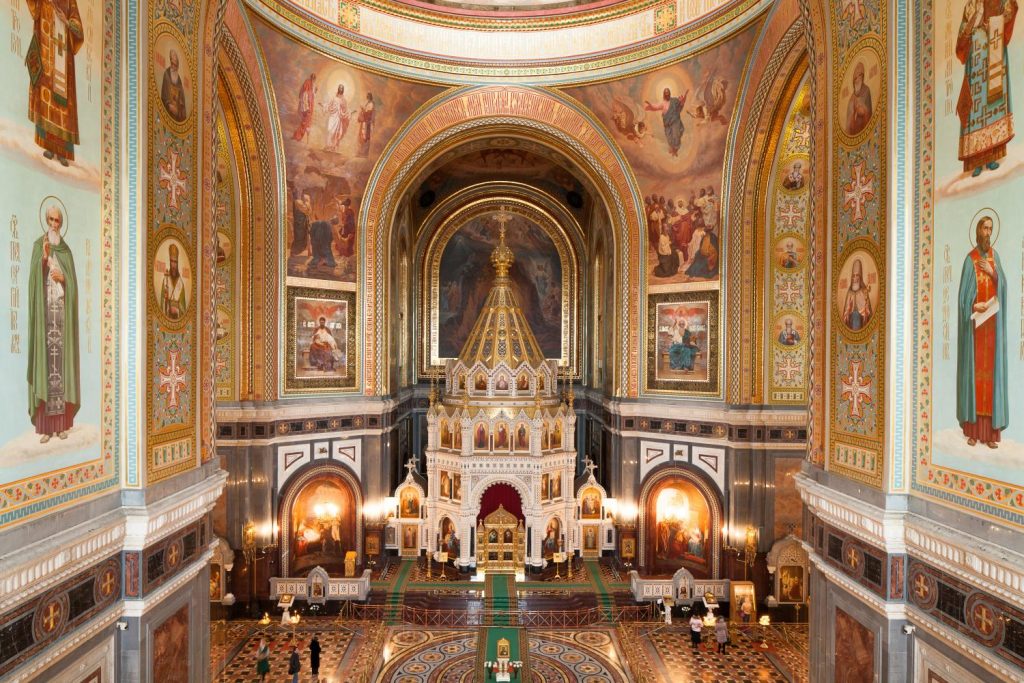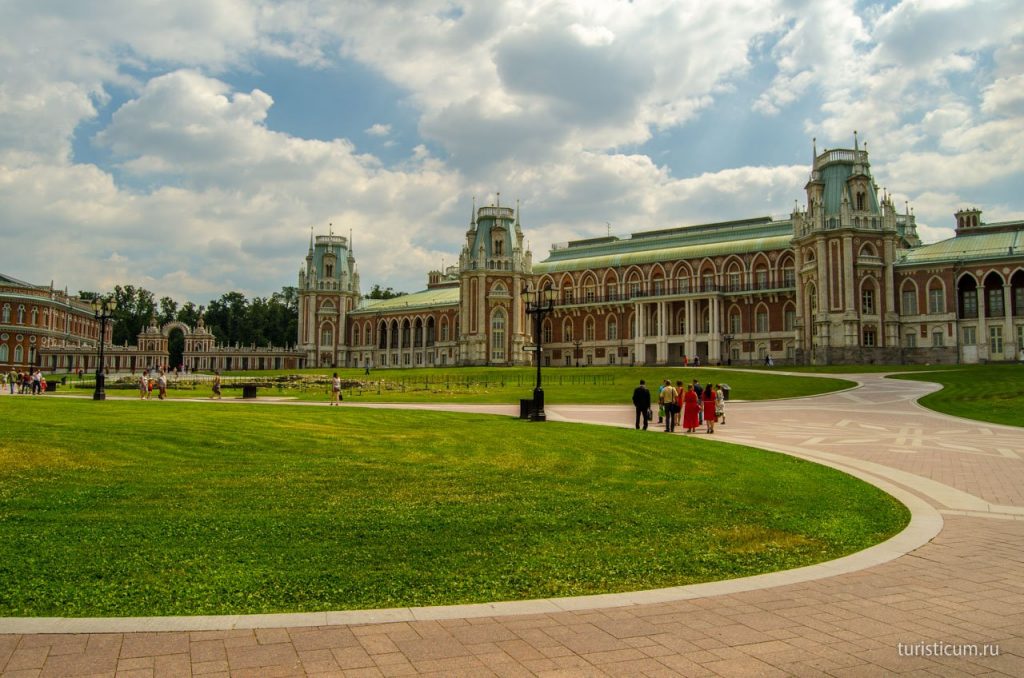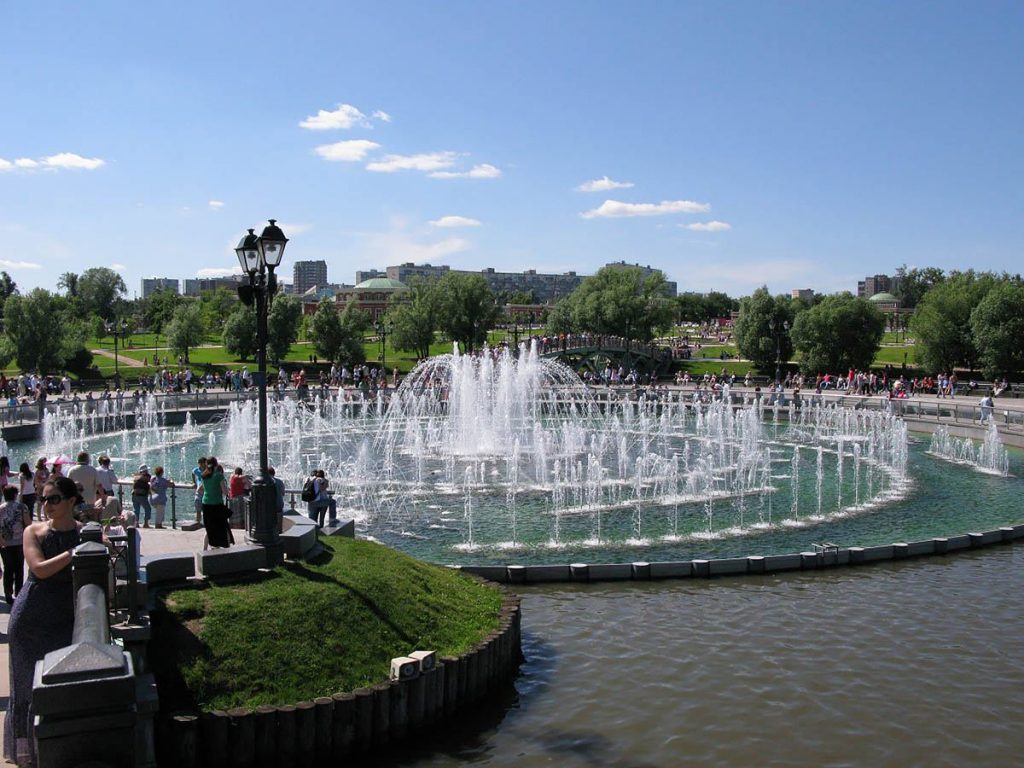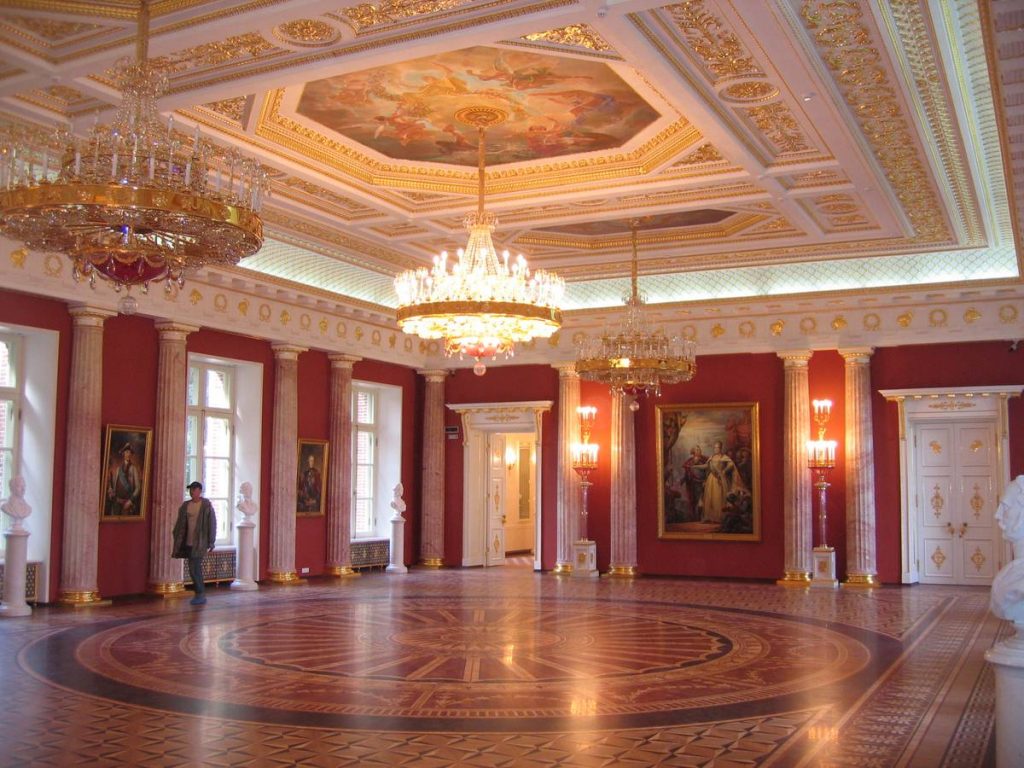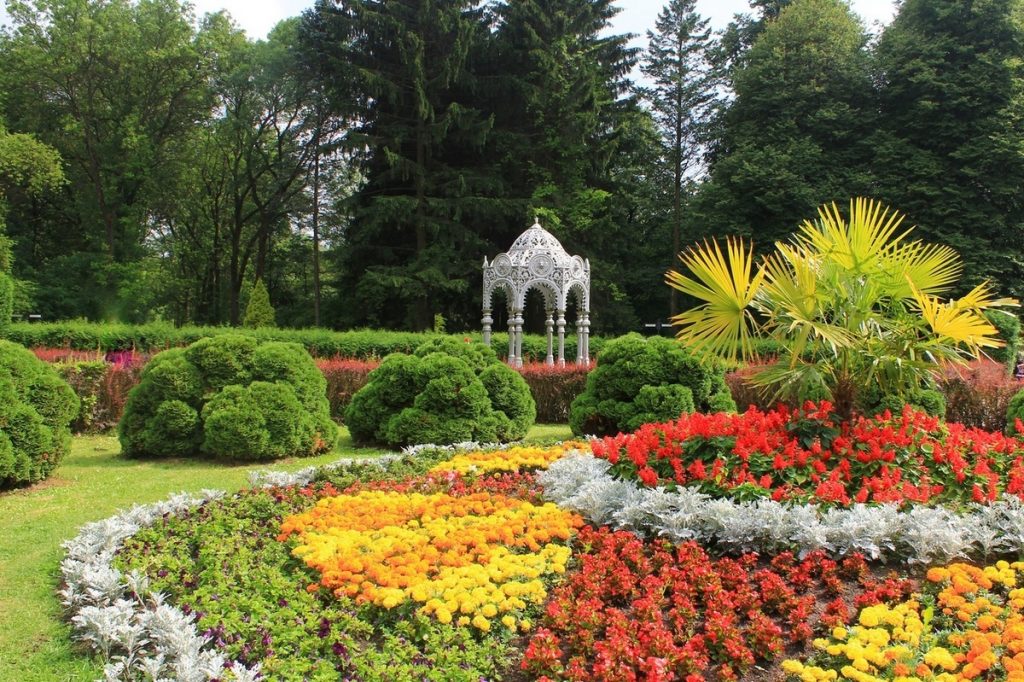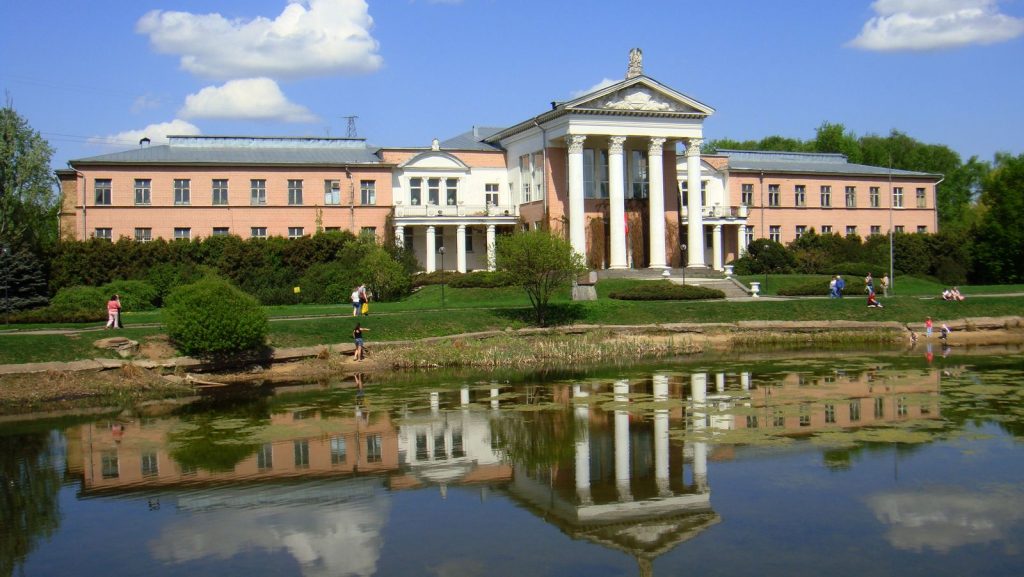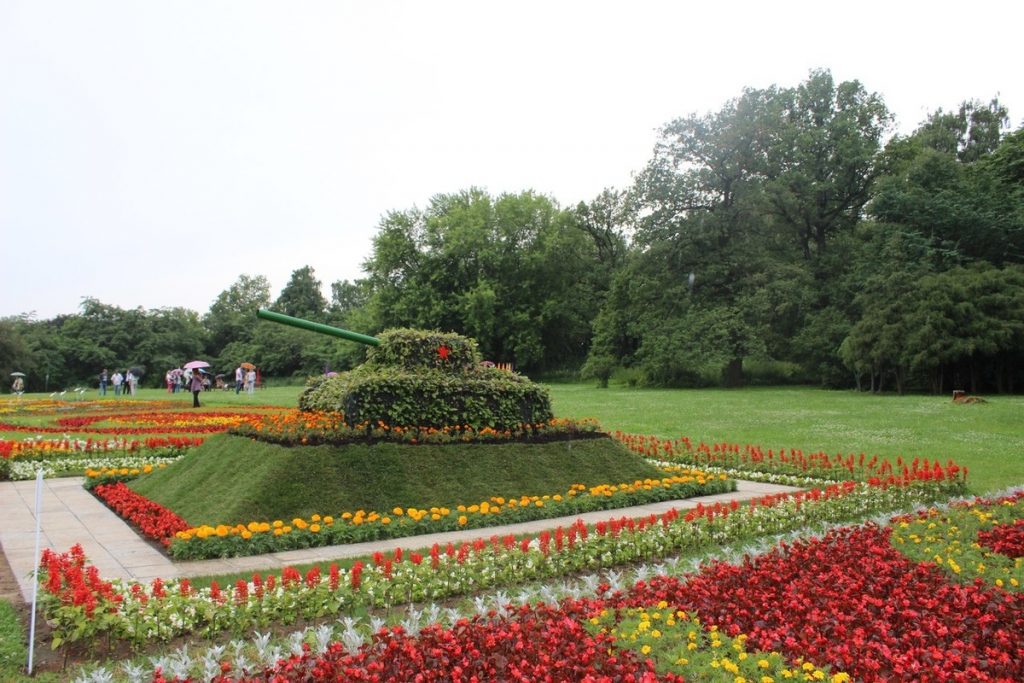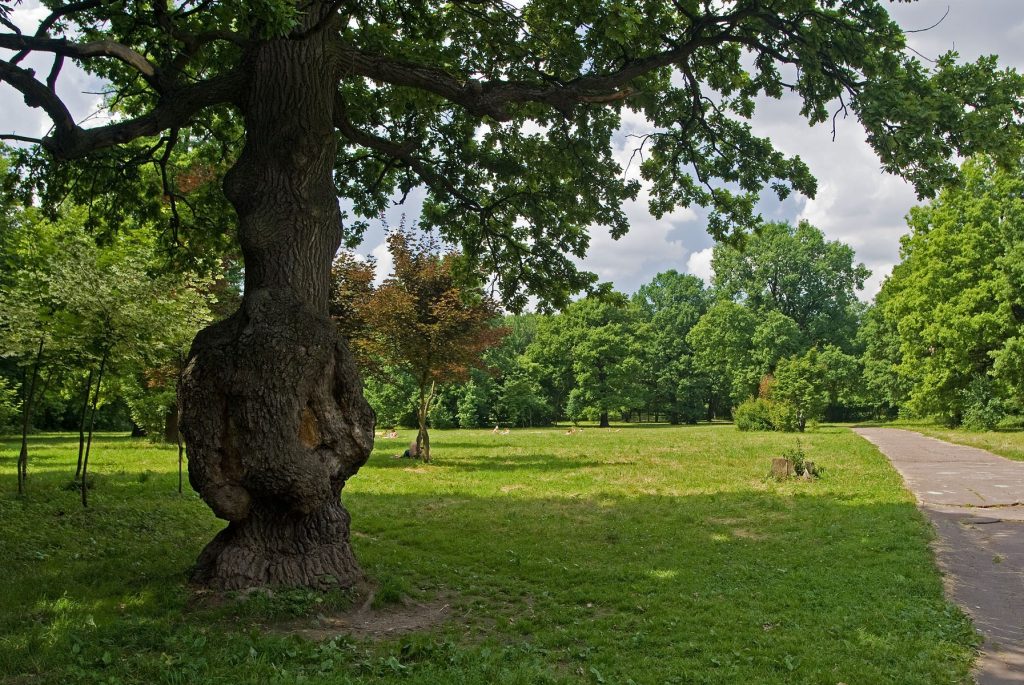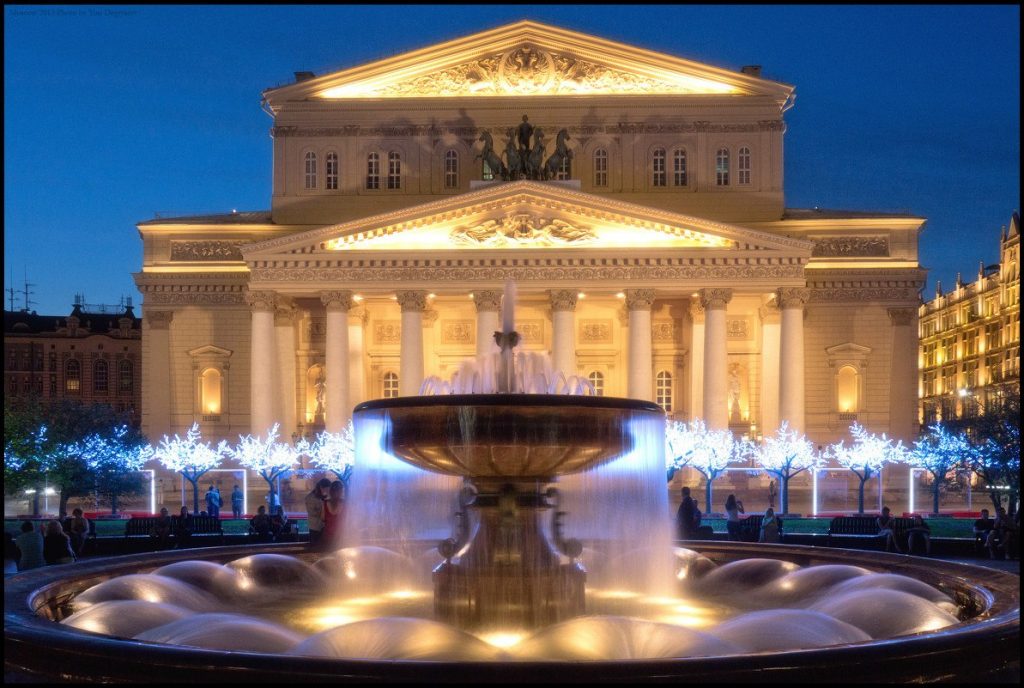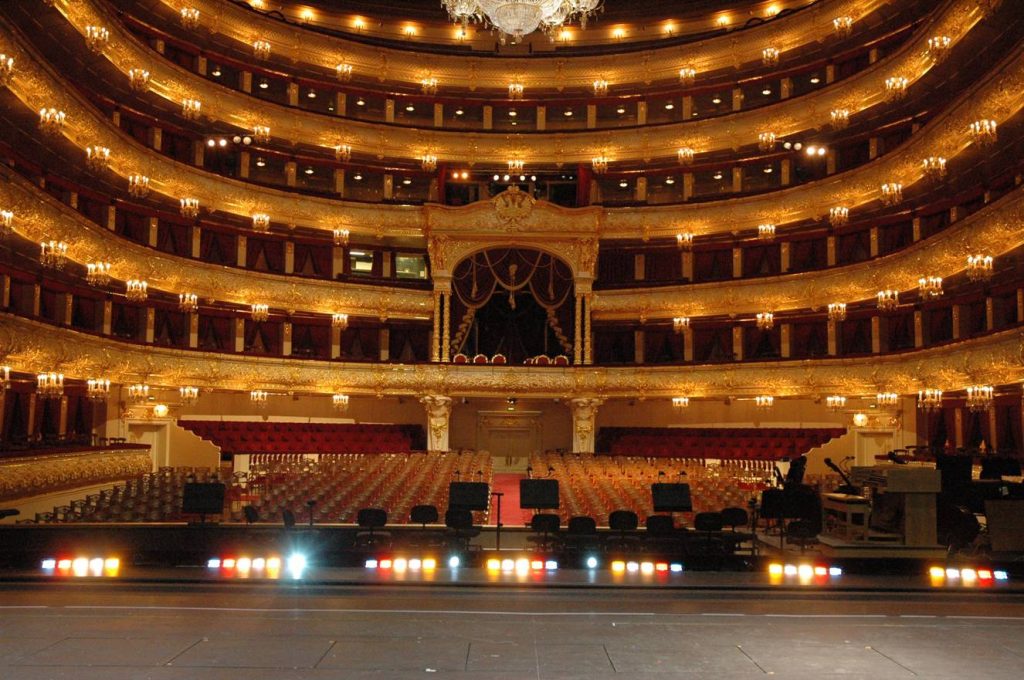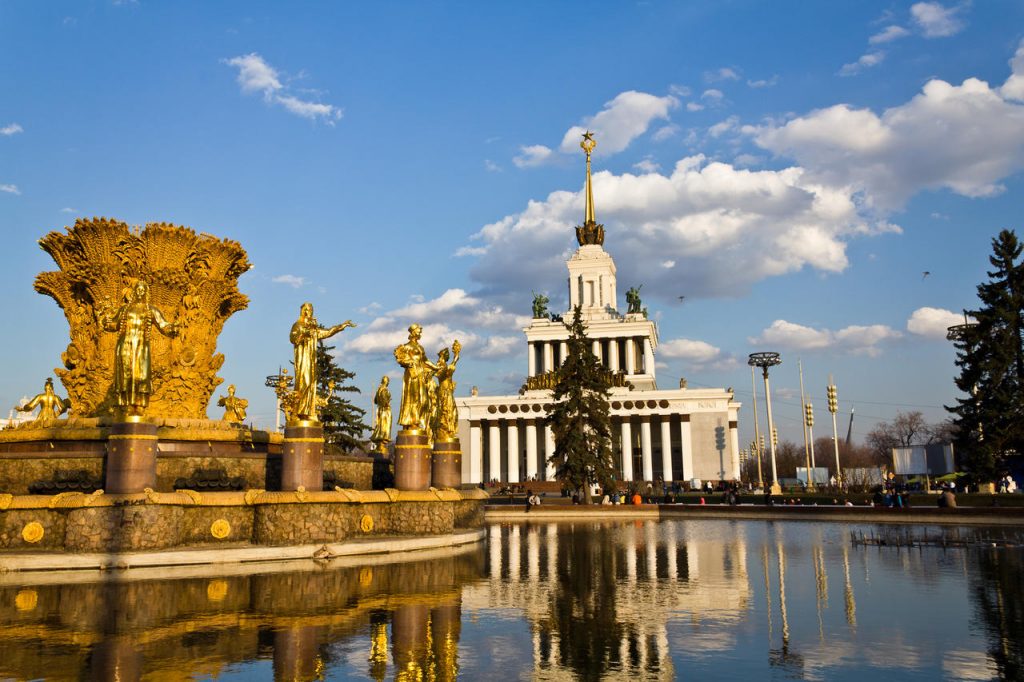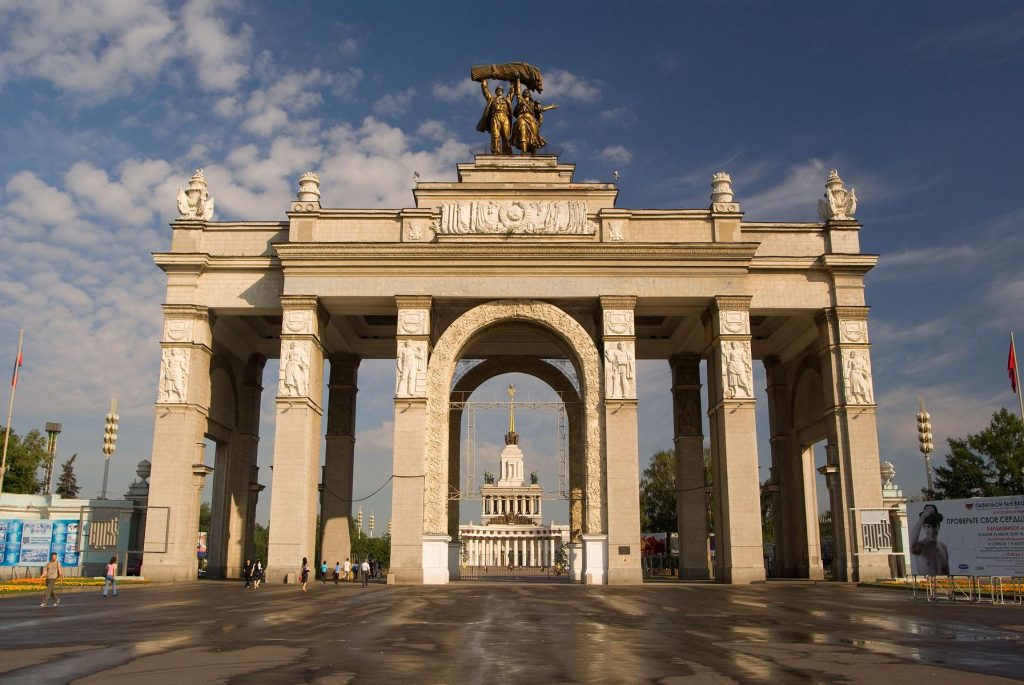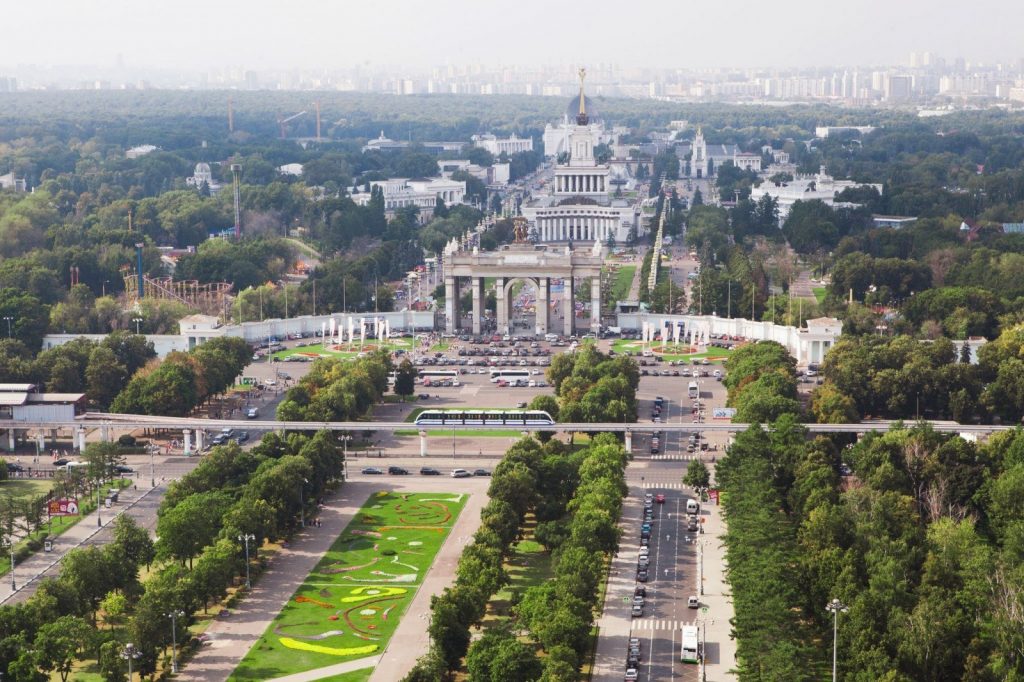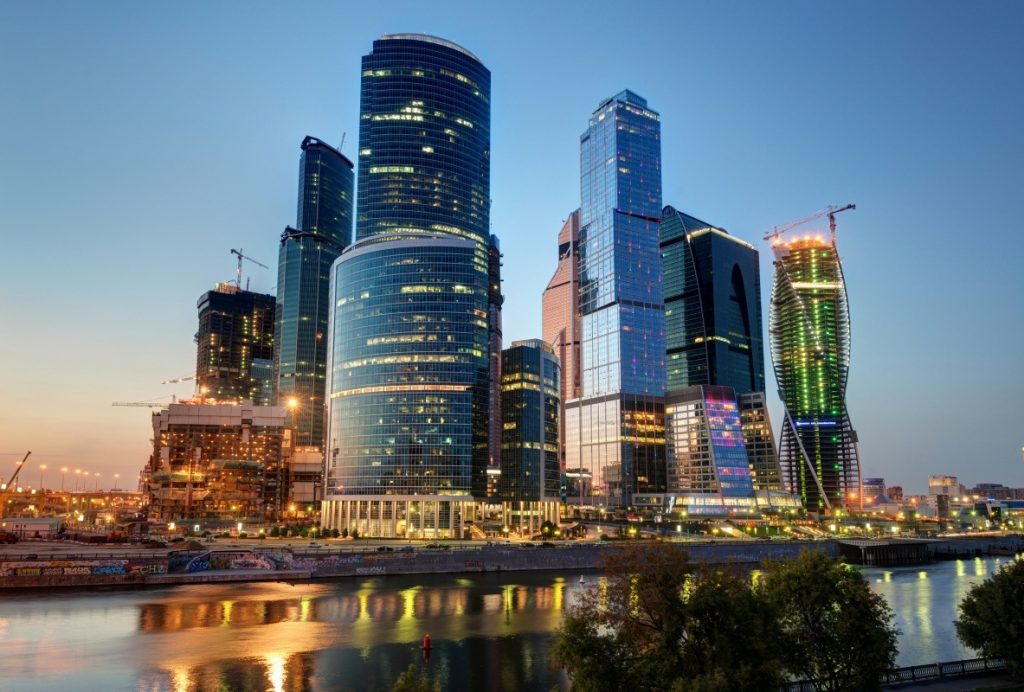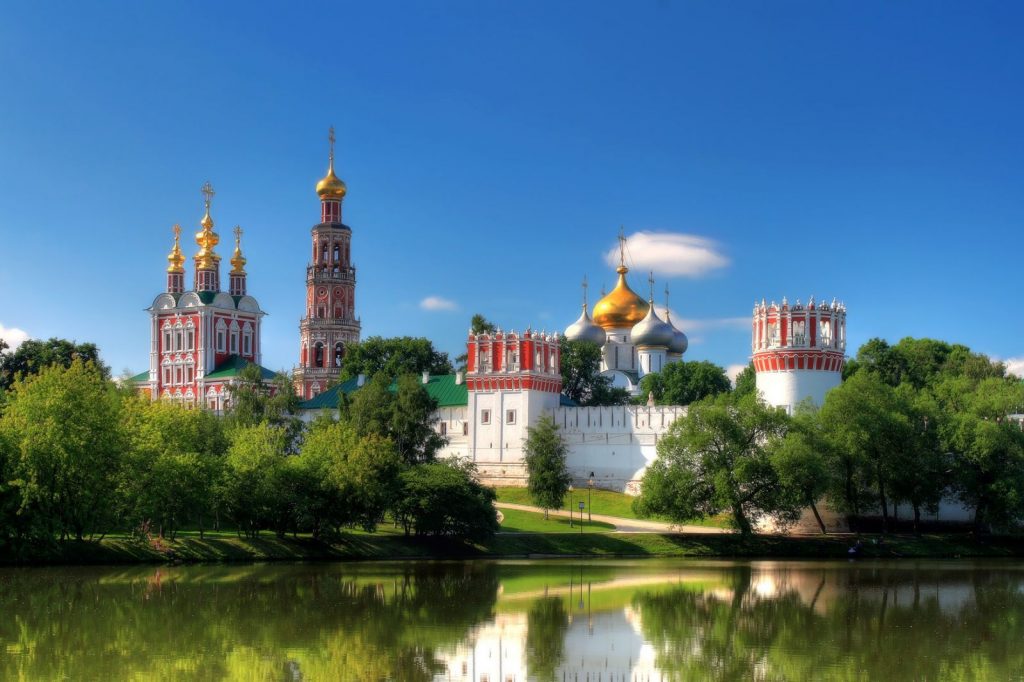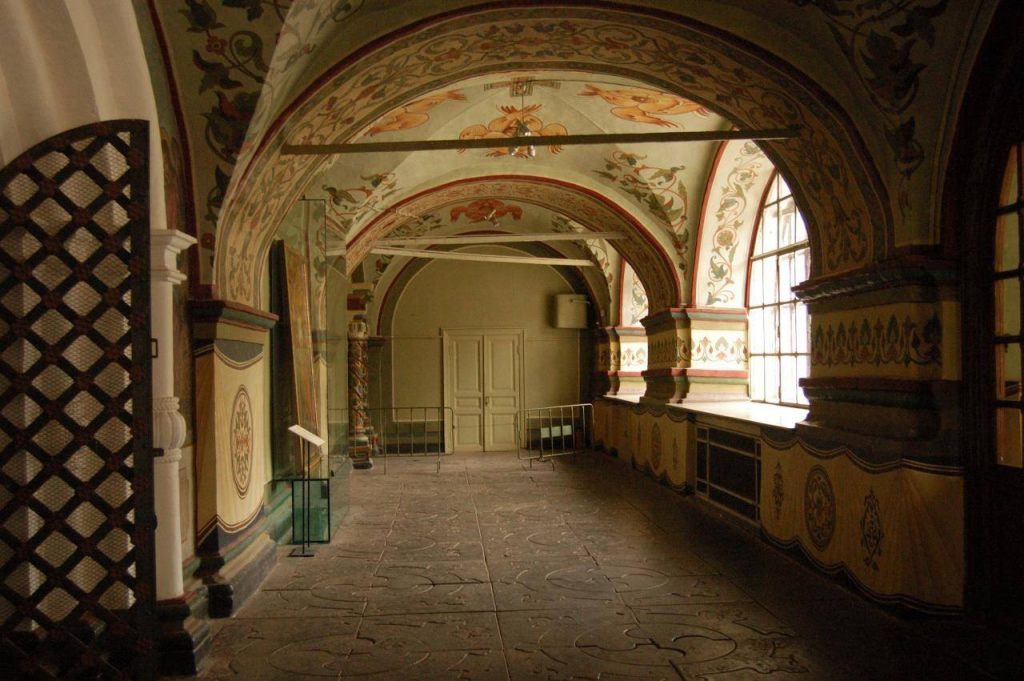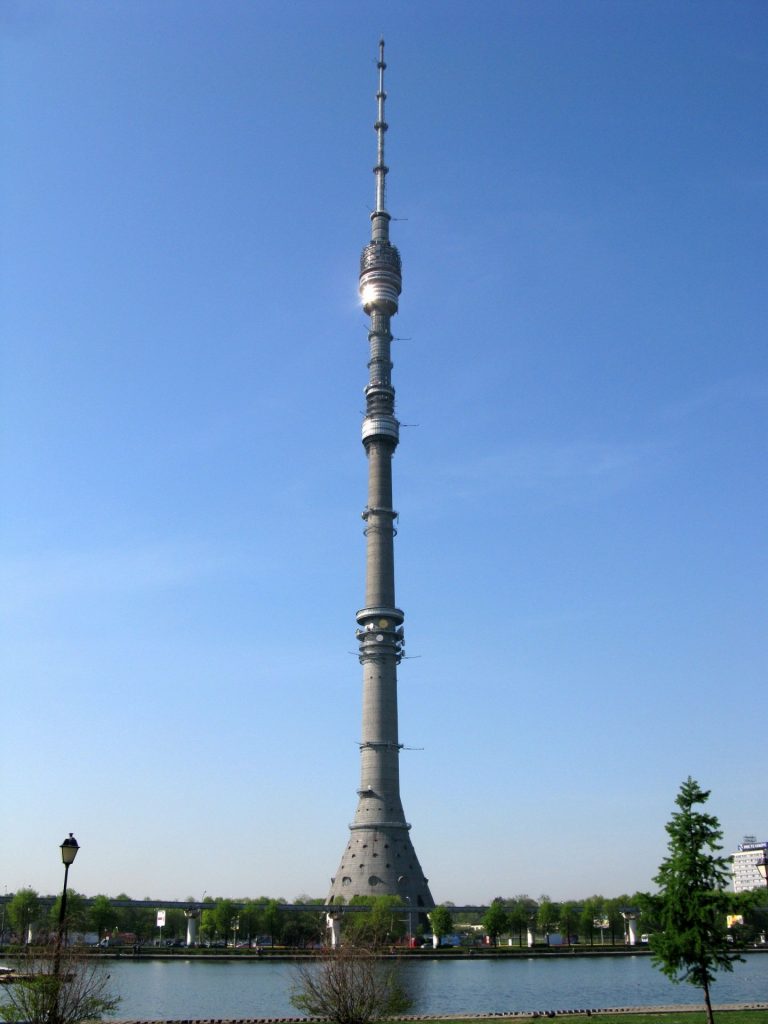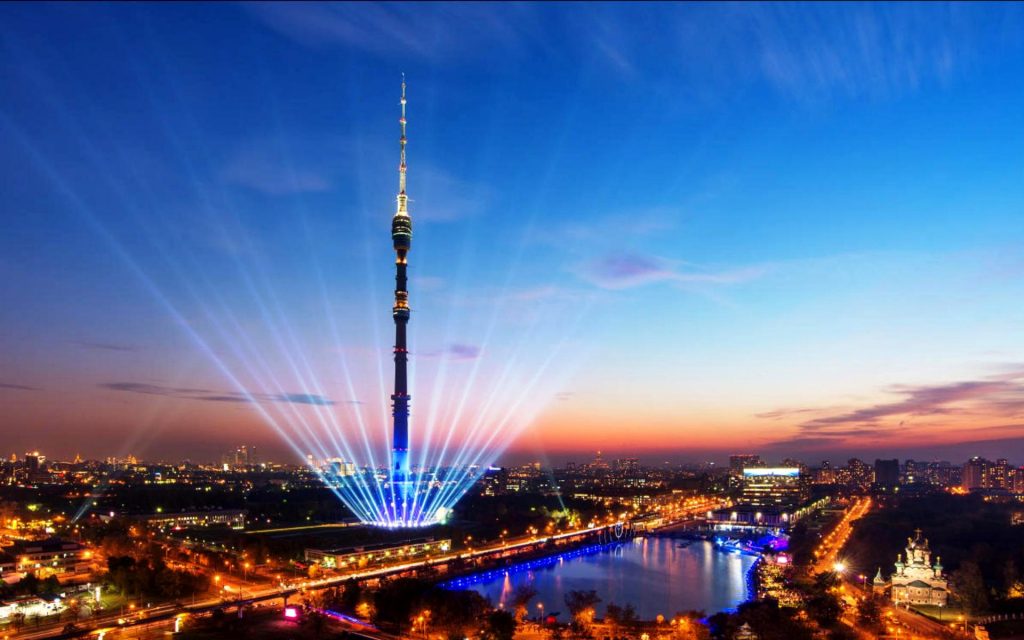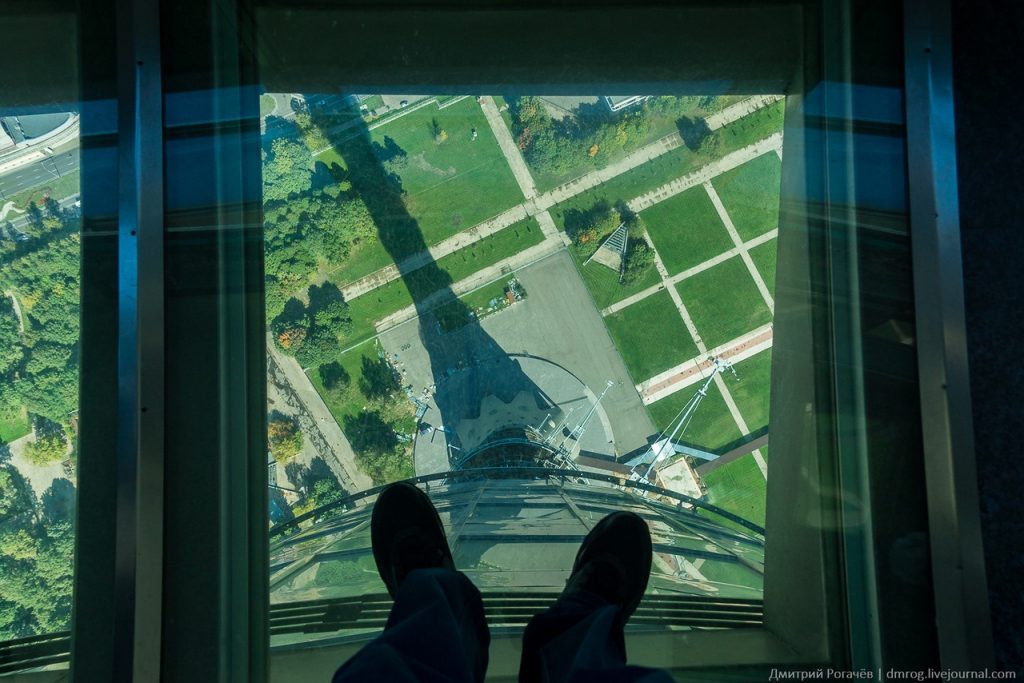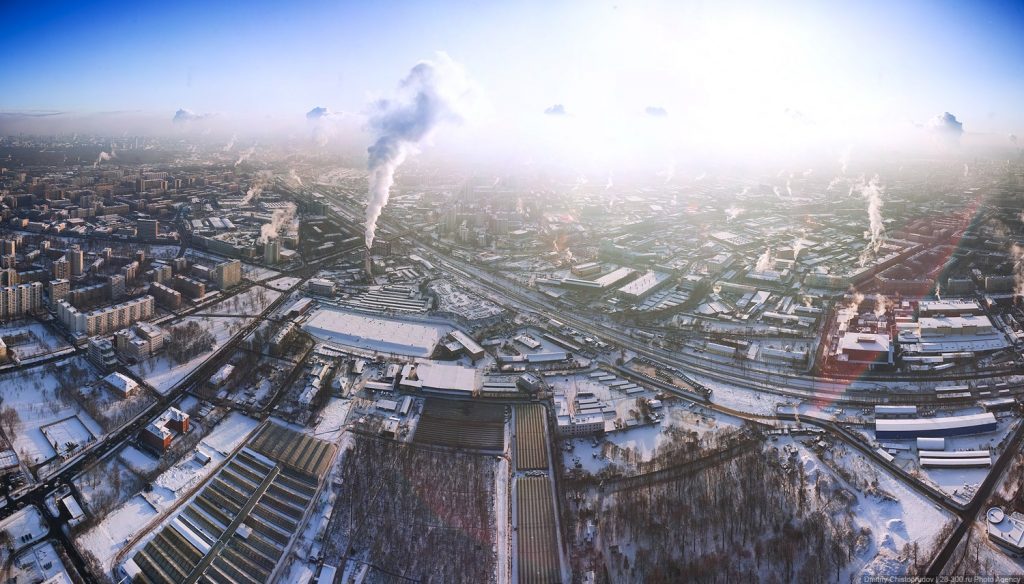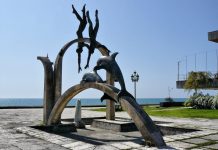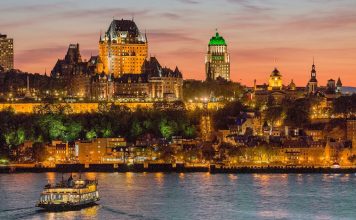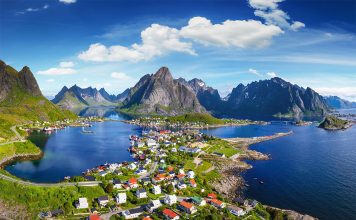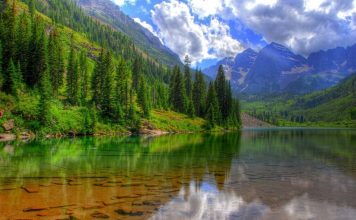In every city there are places that every guest should visit. Visiting various attractions, you can better learn the history, culture or architecture of the city. Those who are planning a trip to Moscow need to familiarize themselves in advance with the most interesting places of the capital in order to be able to visit as much as possible in a short period of time. This article will tell you about the most popular tourist attractions of the capital.
The Moscow Kremlin
It was from this place that the construction of the capital began many centuries ago. Today this ancient fortress with a whole ensemble of unique monuments of history and architecture is on the UNESCO World Heritage List. Here is the residence of the Russian president.
According to archaeological excavations, people began to settle here about 4 thousand years ago. And the first mention of him in the annals refers to 1147.Initially, the Kremlin was built of wood and was fortified with an earthen rampart.
The construction of stone walls began in 1367 during the reign of Dmitry Donskoy. For this purpose, limestone was specially delivered from the local quarries. As a result, there was a 2 meter white stone wall. It was then that Moscow was called white stone.
A brick wall appeared here 100 years later, and Ivan III began building it, at which Moscow became the capital of Russia. It took 10 years to build a new Kremlin. Gradually, defensive towers were erected on the walls. Simultaneously with the construction of the wall, famous cathedrals appeared here: the Annunciation, the Assumption and the Archangel.
At various times, the Kremlin was destroyed, but each time it was rebuilt again.
Today, you can get into the Kremlin by buying a ticket at the ticket office of the Alexander Garden. There are regular individual and group excursions.
Alexander Garden
This green island in the heart of the capital appeared 200 years ago near the walls of the Kremlin. Its total area is 10 hectares. Three pedestrian alleys divide Alexandrovsky Park into main zones:
- Top. Here is the main entrance, surrounded by maples, conifers and ornamental shrubs. Nearby is the Historical Museum. Along the fence you can see an artificial reservoir, completely repeating the Neglinnaya River. On the territory of the upper zone of the park, tourists can see the grotto "Ruins", the Romanovsky obelisk, the Tomb of the Unknown Soldier with eternal fire.
- Average. Walking through the average park you can see the unique plants that were planted here 200 years ago. Also here is the ticket office, which sells tickets for visiting the Kremlin.
- Lower This part of the park appeared the latest and is closed to tourists today.
the Red Square
In this place every guest of the capital must have visited. The square is located near the eastern wall of the Kremlin. This place is the most recognizable and significant for the capital. It was here that many significant historical events, parades and demonstrations took place.
In ancient times this place was occupied by trade rows. The name of the square received in the XVII century. In the old Russian language "red" means "beautiful." Until the XIX century, the Red Square was predominantly wooden, and only in 1804 it was laid out with stone.
Walking through Red Square you can see St. Basil’s Cathedral, GUM, place of execution, Lenin’s Mausoleum, Church of the Intercession of the Mother of God and Kazan Cathedral.
Old Arbat
This place, as well as Red Square, is a symbol of the capital. This street is one of the oldest in the city. At first, merchants and artisans lived here, and later intellectuals began to settle. Thanks to the fact that Pushkin, Gogol, Chekhov, Rachmaninov, etc., lived on the Arbat at various times, this street became so popular.
At the beginning of the XIX century, shops began to open here, and the Arbat itself began to acquire a modern look. But after the 1917 revolution, some of the historical and architectural monuments of this place were destroyed.
In the second half of the 20th century, a pedestrian zone appeared here, where many cafes still work today, street musicians sing, and modern artists sell their paintings.
Armouries
Located on the territory of the Kremlin, the Armory is a real treasure, which contains unique historical exhibits: treasures of royal families, gifts from representatives of foreign delegations, etc.
The first mention of this place dates back to 1547. At this time, flags, pennants and weapons were stored here. After the fire of 1737, many trophies were lost, and the remaining valuables were moved to the Terem Palace. The construction of a new building for them began Alexander I in 1806. The modern building was built in 1849.
Today, visitors to the chamber can see the unique works of the first coins and jewelers in Russia, vintage collections of weapons, silverware, state awards and clothing from different eras.
Patriarch's Ponds
Today it is only 1 pond, located between Malaya Bronnaya Street and the Garden Ring. The history of this place begins in the XVII century, when the patriarch Hermogone chose him to build his residence. In those days, there was a marshland here, which was decided to drain, having built 3 ponds in which they began to breed fish.
In the XIX century, the active structure of the city began and two small ponds were filled up, and a park was planted on the shore of the largest of them. High-ranking officials of tsarist Russia and later of the Soviet Union began to settle in the houses that were built in this place.
The mention of the Patriarch's Ponds can be found in many classic works, in particular in The Master and Margarita and Anna Karenina.
Tretyakov Gallery
Today it is one of the largest places in the world, where unique paintings and sculptures are collected. Initially, the collection began to collect merchant Tretyakov, who in 1892 gave it to the city. At that time, the collection consisted of more than 2500 paintings and icons of local craftsmen. And a year later the gallery was open to visitors. The gallery collection is growing rapidly and today it has more than 55 thousand exhibits.
Today you can visit the Tretyakov Gallery on any day except Monday. The cost of a children's ticket is 250 rubles, an adult - 400. For photography, you will have to pay 200 rubles.
Christ the Savior Cathedral
The construction of the temple took 44 years, and in 1883 it was consecrated. Today it is the main temple of Russia, where the Moscow Patriarch conducts worship, the main church forums and the Bishops' Councils are held.
Tsaritsyno
The majestic park ensemble was laid by Catherine II. The total area of about 100 hectares. In addition to buildings in the Gothic style, there is a temple, a bread house, cavalry corps, greenhouses, unique bridges and arches.
Botanical Garden
Moscow Botanical Garden is one of the largest in the world. It was founded in 1945 and occupies a territory of 30 hectares. Here are collected collections of 8220 varieties of plants collected in different parts of the world.
Entry is free here, but to see some very rare collections, such as a Japanese garden, you will have to pay a symbolic amount.
The Bolshoi Theatre
The theater building today is one of the main symbols of the capital. It was built in 1825. Originally, the theater, organized by Catherine II in 1776, was located in Petrovka. But then the building was made of wood and completely burned down during a fire.
After that, he was transferred to a three-story building, which became the most spacious in Europe and at the same time could accommodate up to 1000 spectators. Its discovery took place in 1780. However, 15 years later, the theater again suffered from a fire.
The decision to build a new building for the theater was made in 1812 after the end of the war with Napoleon. The project of the new building was developed by the architect Bové and Professor Mikhailov. Later, some elements of the theater were rebuilt.
VDNH
The largest in Russia entertainment and educational complex is VDNH. Here are regularly held thematic exhibitions, cultural and entertainment events, an amusement park is open.
The complex consists of 71 pavilions, most of which can be called true masterpieces of Soviet architecture. Initially, each region of the Soviet Union was assigned a separate pavilion. Today, along with historical exhibitions, you can see modern exhibitions that are devoted to space, cybernetics and other branches of science.
In addition to the exhibition pavilions on the territory of the Exhibition of Economic Achievements there are park zones with fountains and artificial ponds.
Moscow City
This ultra-modern 96-storey architectural complex is the business center of the capital, where guests of Moscow come for an excursion, shopping, for entertainment or visiting exhibitions.
The construction of the center was started in 1998, although some of the facilities of the complex are being built now.Moscow-City consists of 16 towers, 2 of which are symbols of the historic Russian capitals - Moscow and St. Petersburg.
From the viewing platforms located on the towers of the Empire Tower and the Federation offers an incredible view of the capital, for which thousands of tourists come here every day.
Novodevichy Convent
This is one of the oldest and most beautiful convents in the capital. It was built on the place where, according to legends, the Mongol-Tatars selected young girls. The foundation of the monastery is associated with the divorce of Vasily III, who built the monastery specifically to send his spouse to Princess Solomonius.
Later, not one royal person was tonsured here. There were also many novices from the families of noble princes and boyars. However, not all of them came here voluntarily. It is known that after the Strelets uprising, Peter I forcibly placed his blood sister Sophia Alekseevna here, and later one of his wives, Evdokia Lopukhina.
Ostankino Tower
Her building was built in 1967 and at that time was the tallest in the world. During its construction, the most modern technologies developed at that time were developed by Soviet scientists.
The main object of the Ostankino Tower is its observation deck, located at an altitude of 337 meters.
And this is only a small part of those attractions that tourists who come to Moscow are trying to visit. All of them have long become symbols of the capital, allowing a closer look at its history, culture and architecture.


